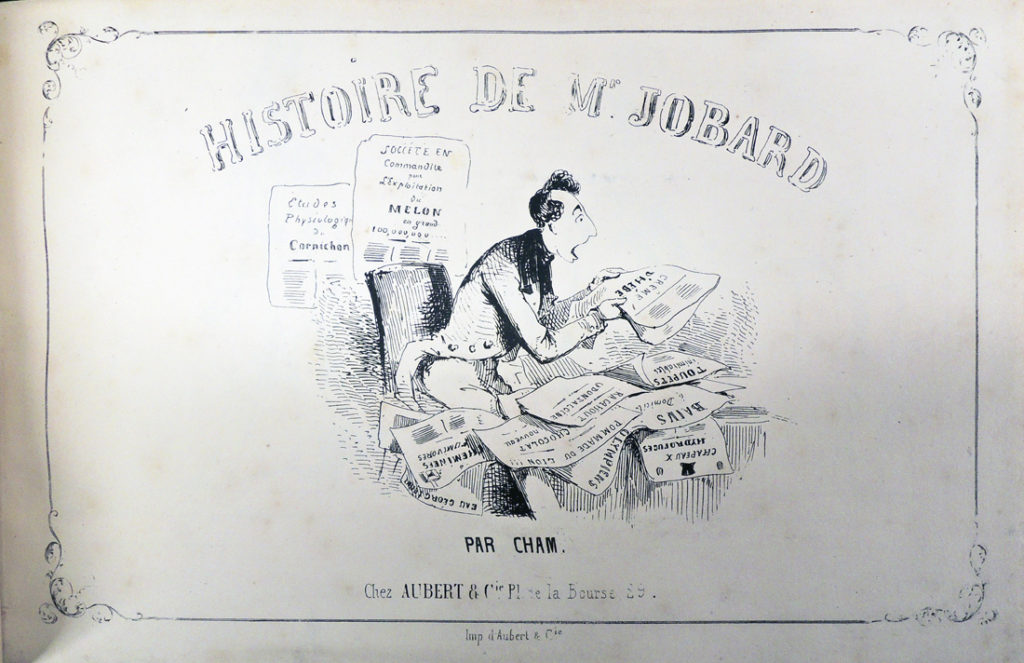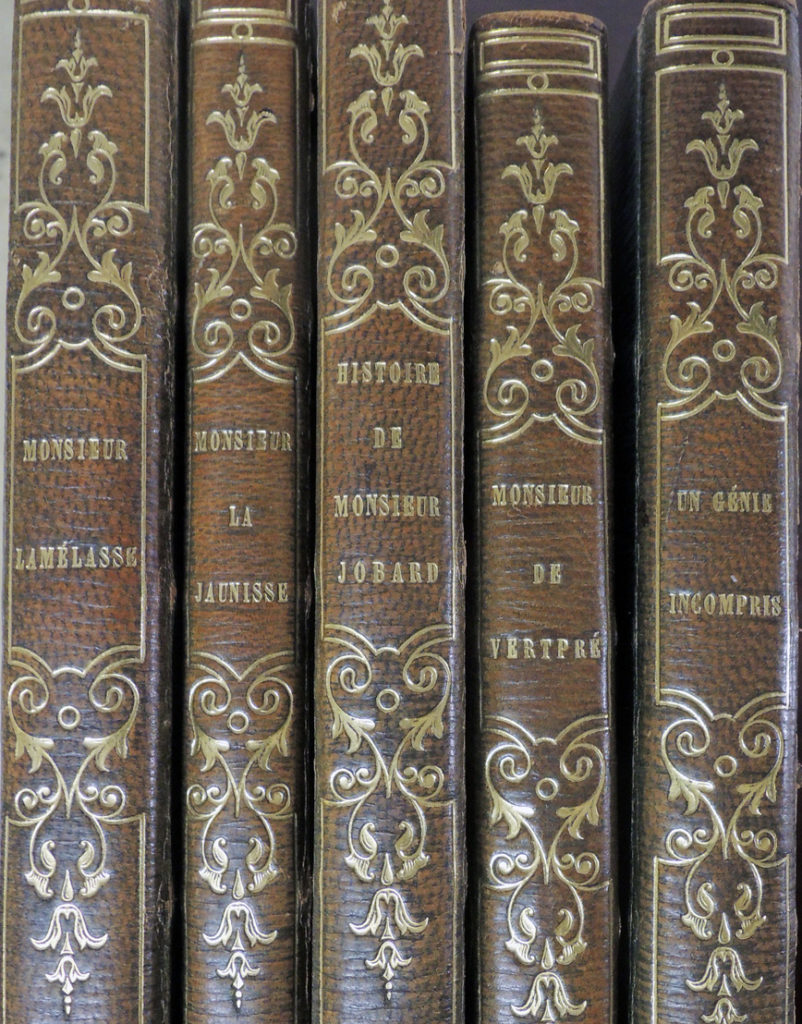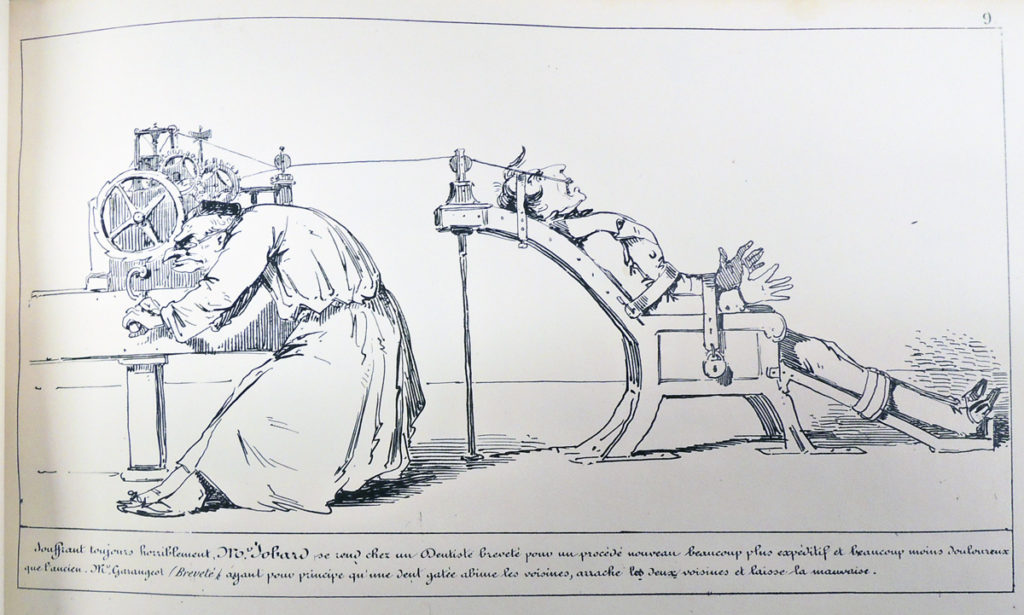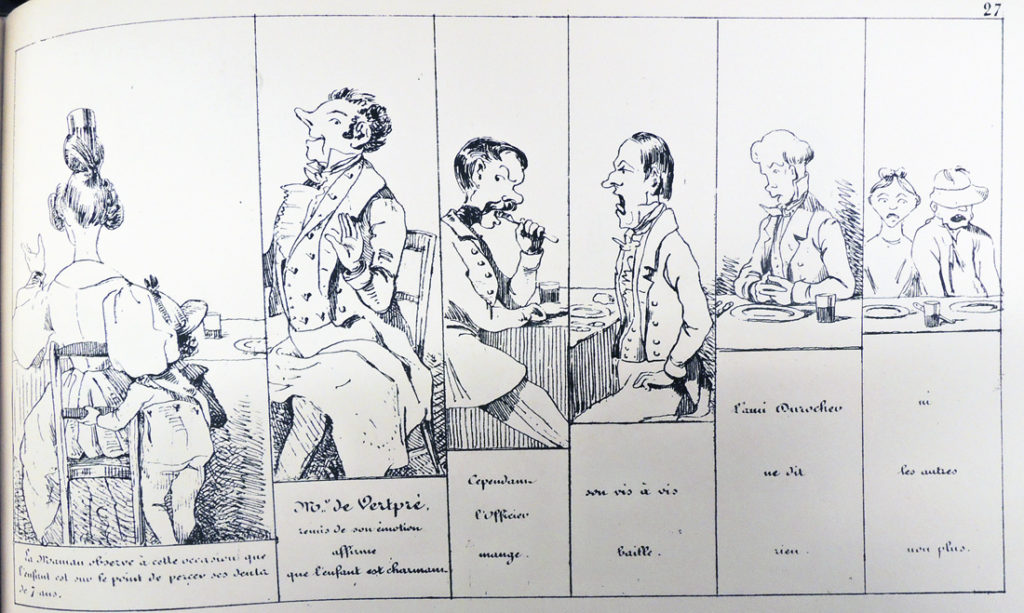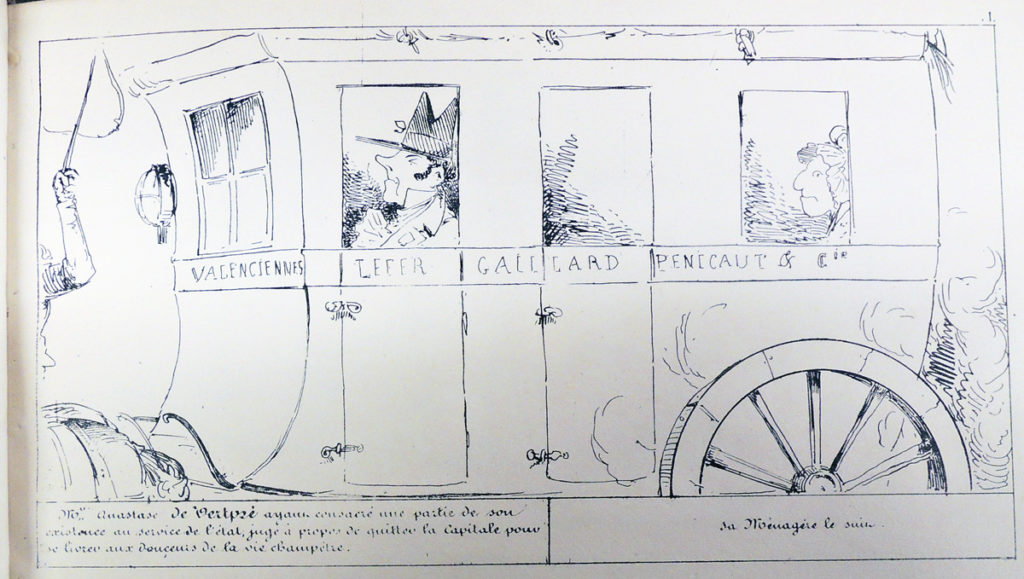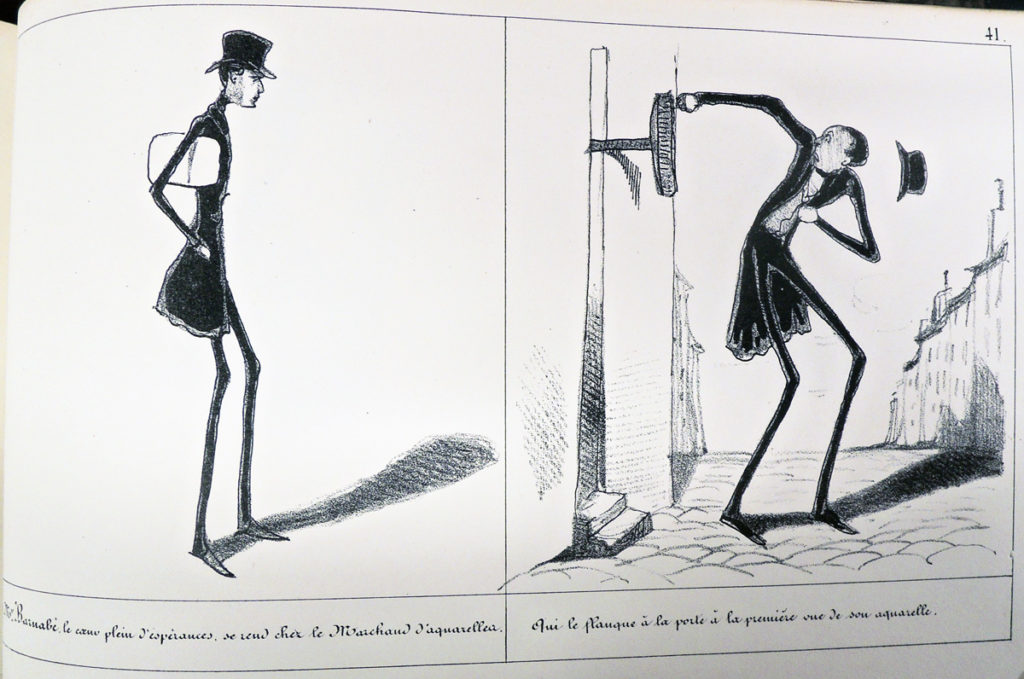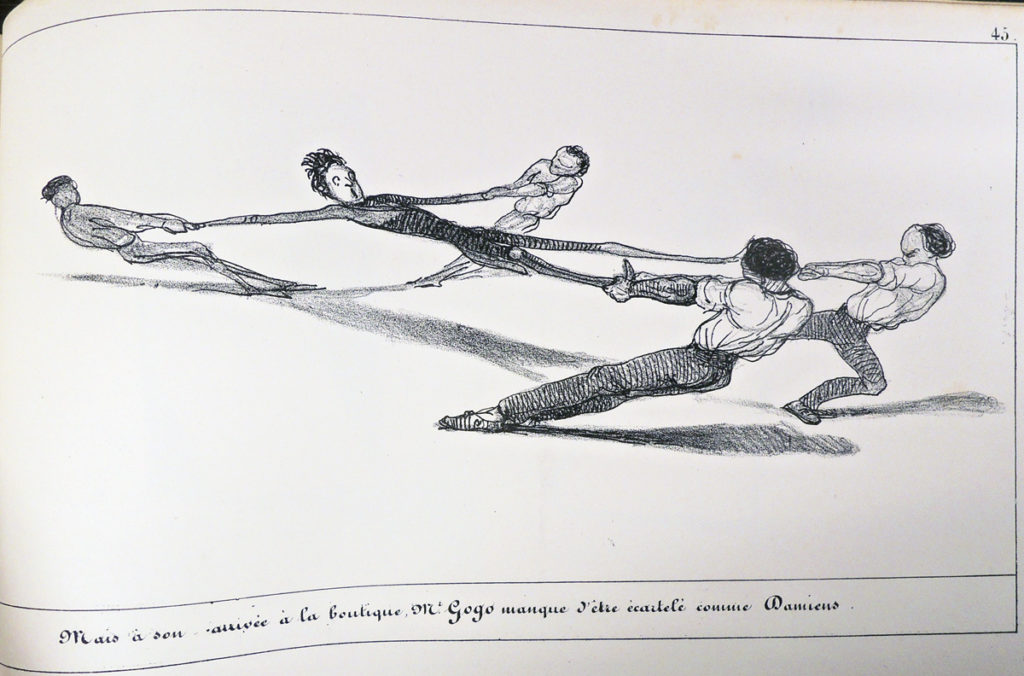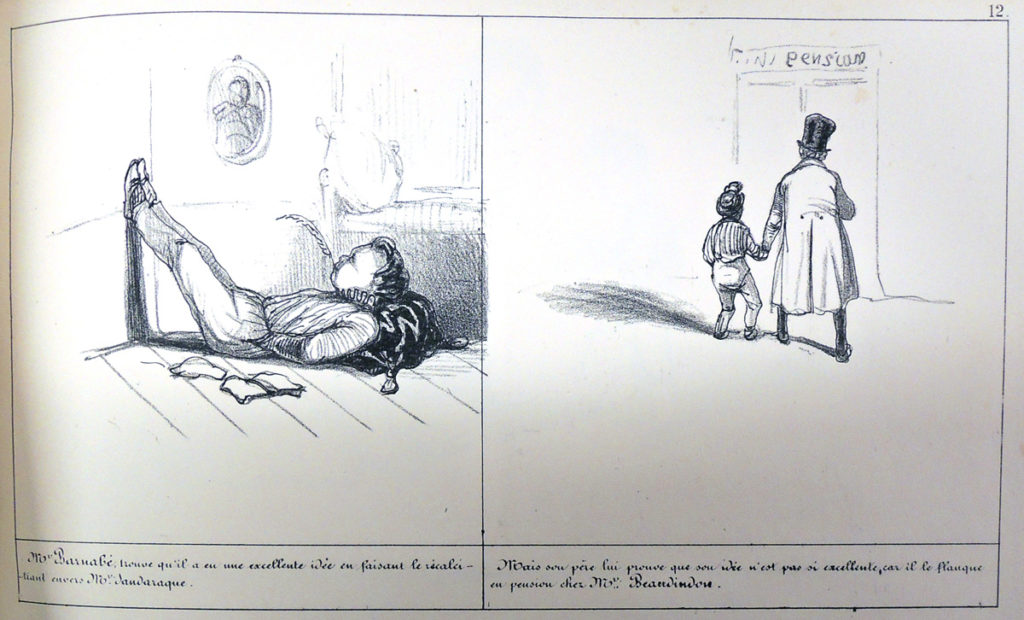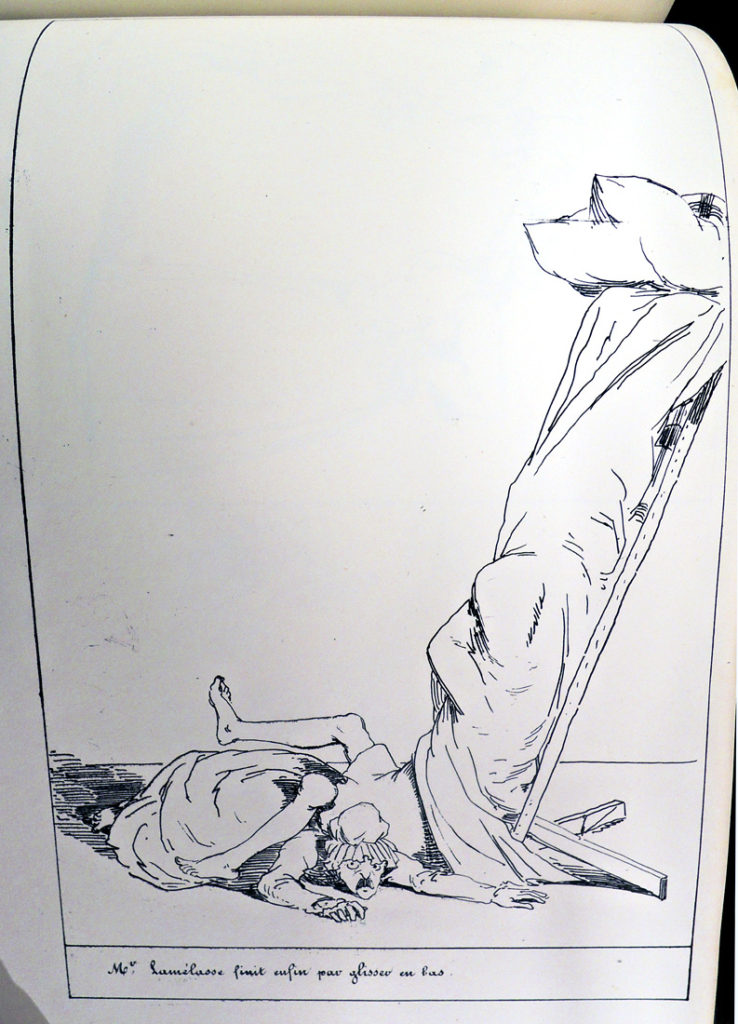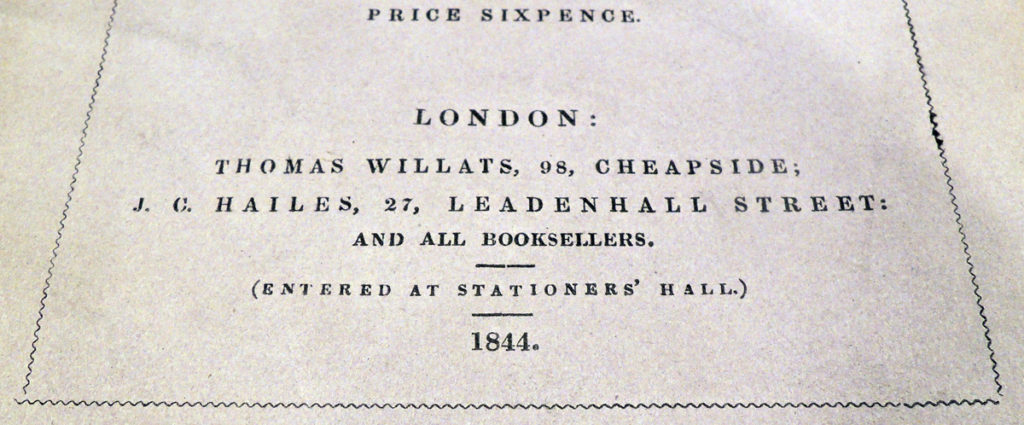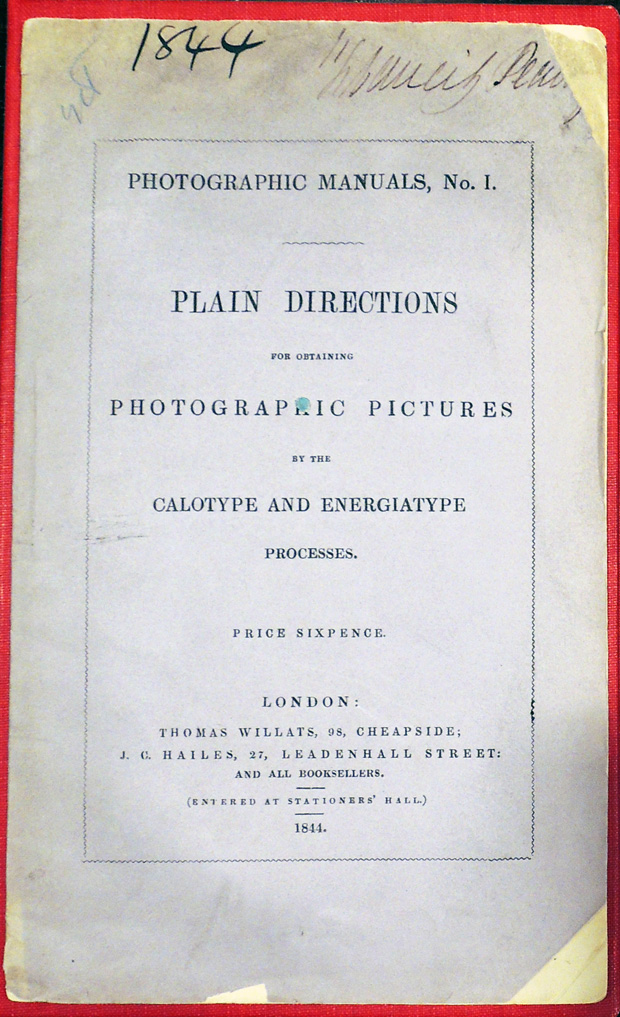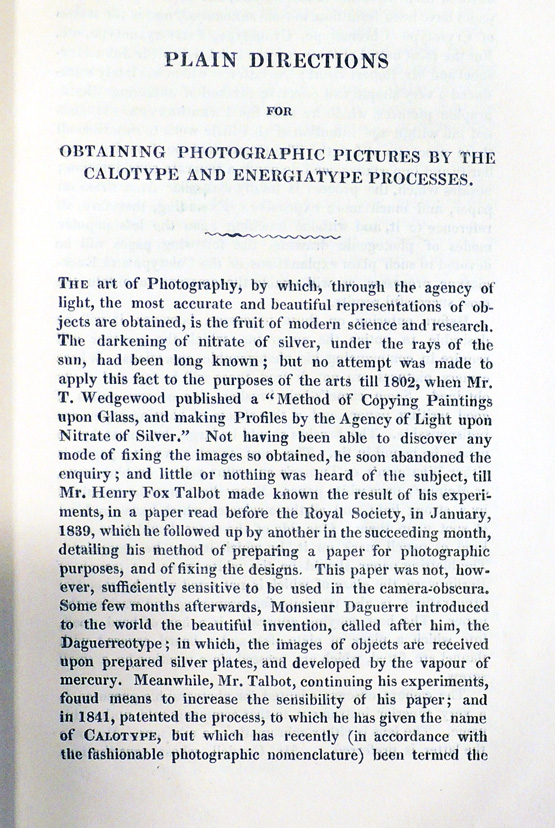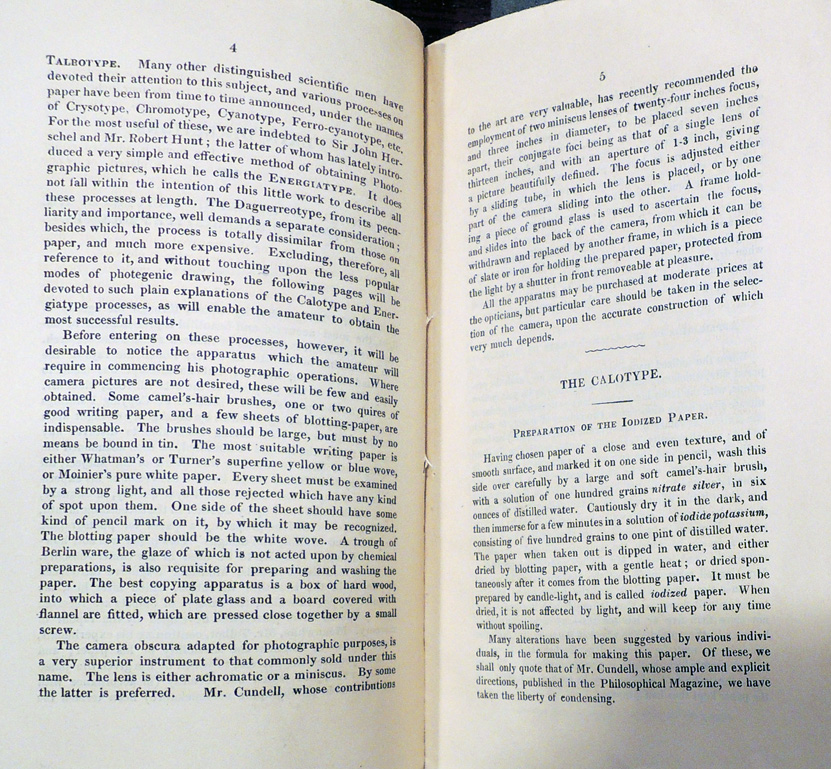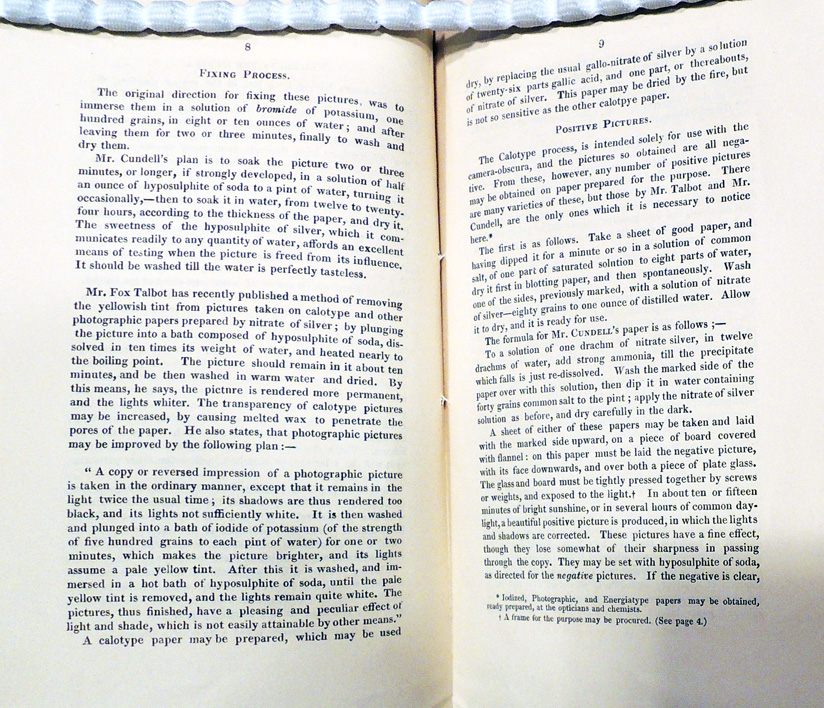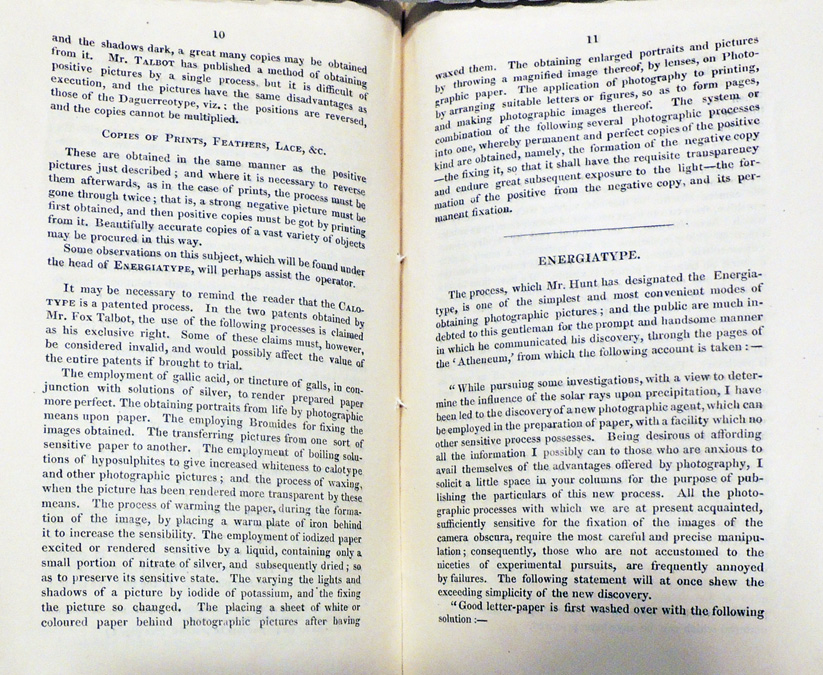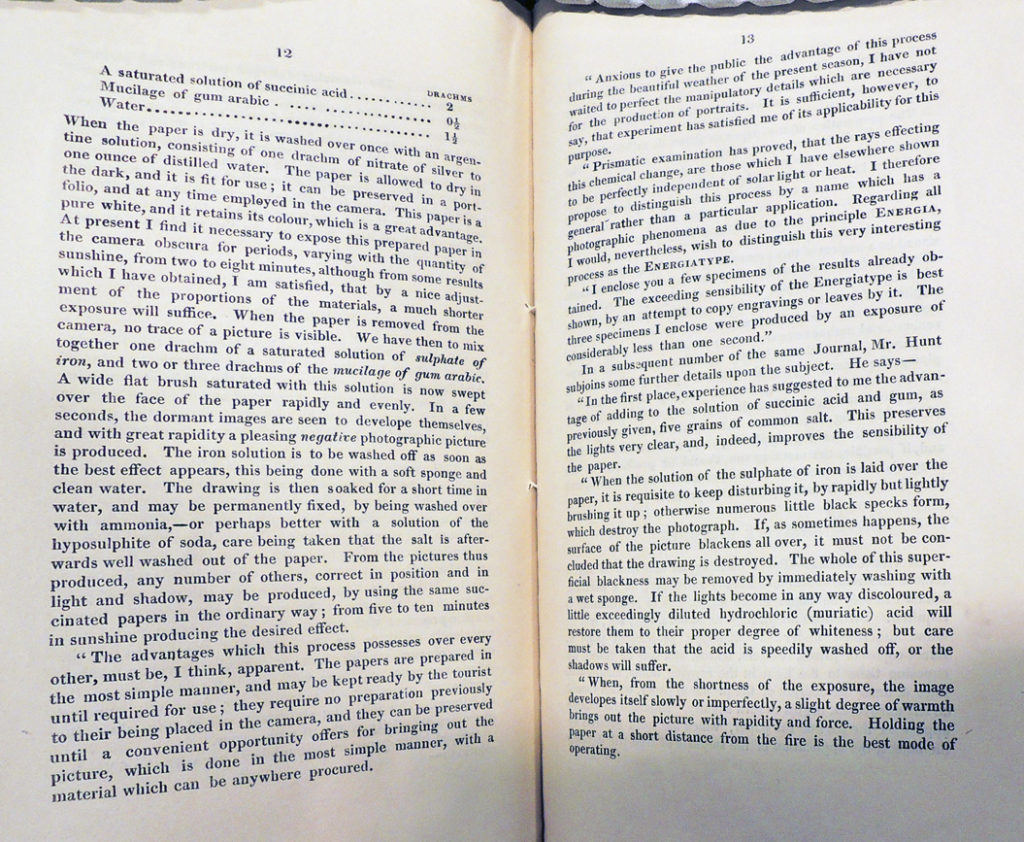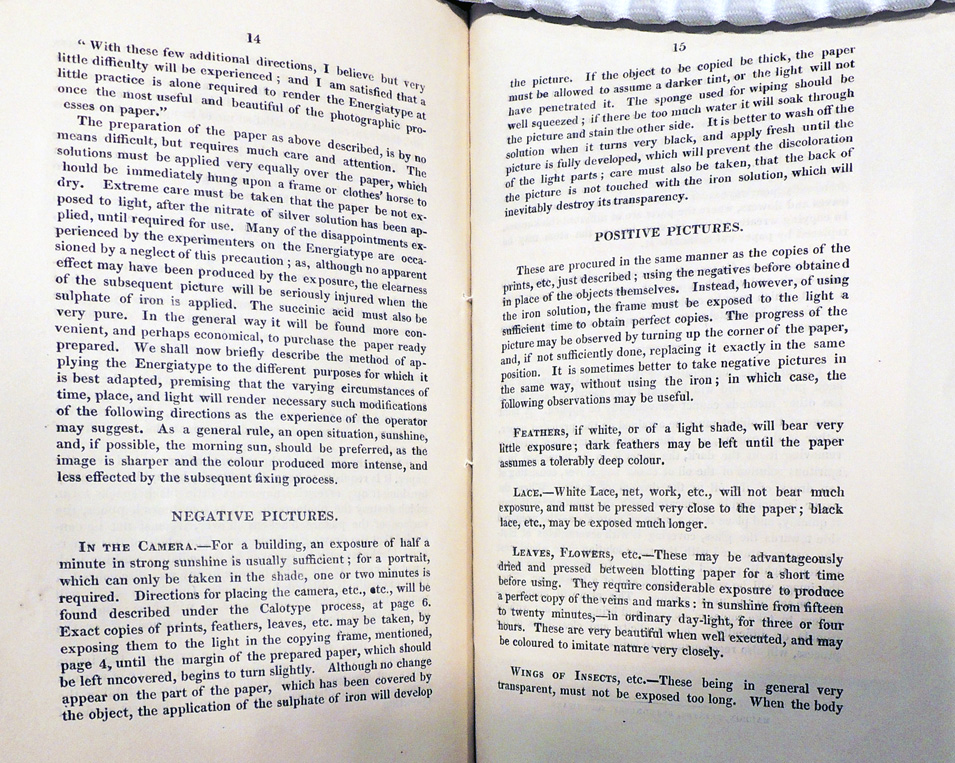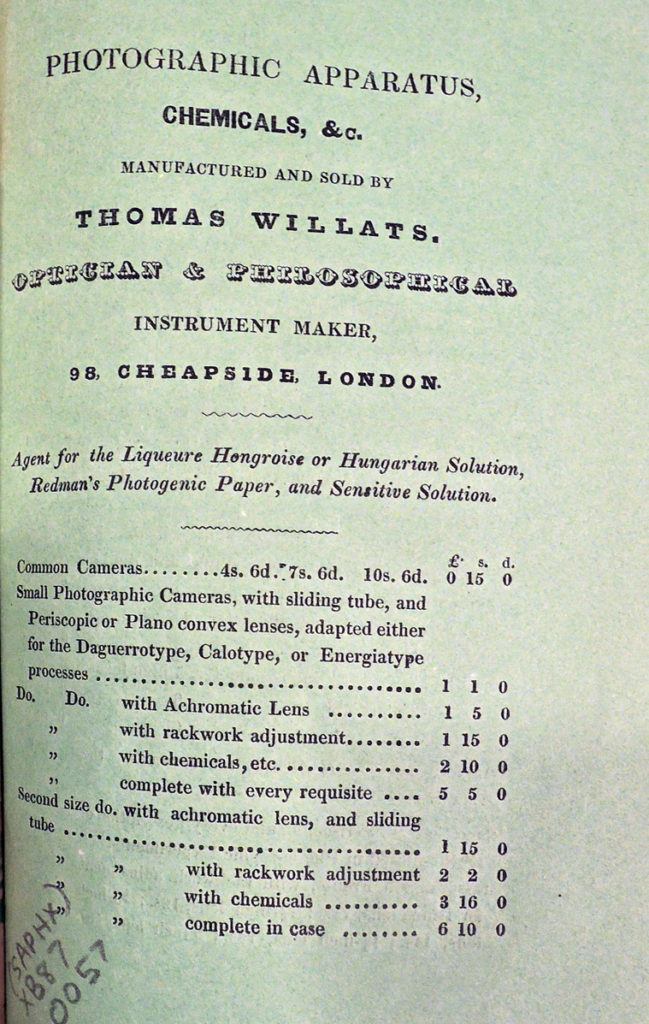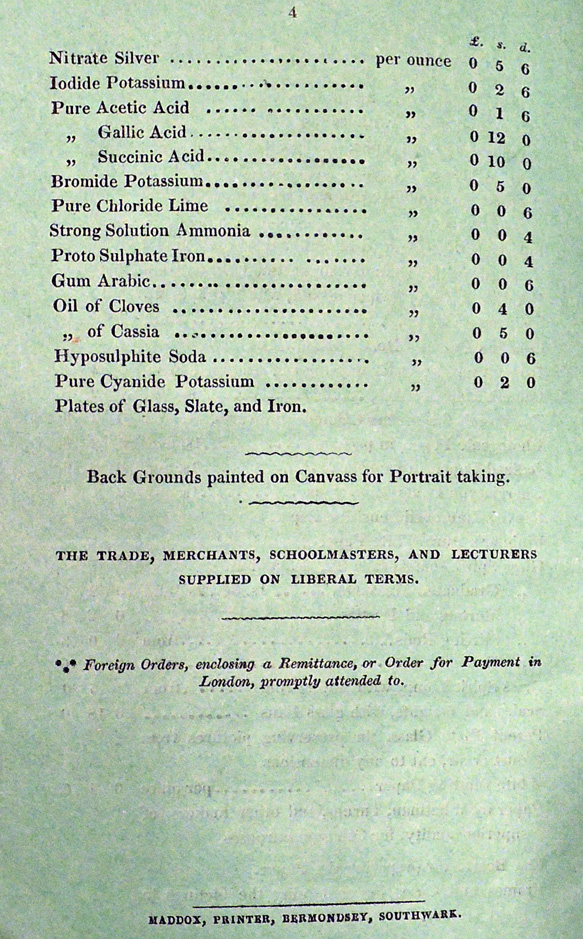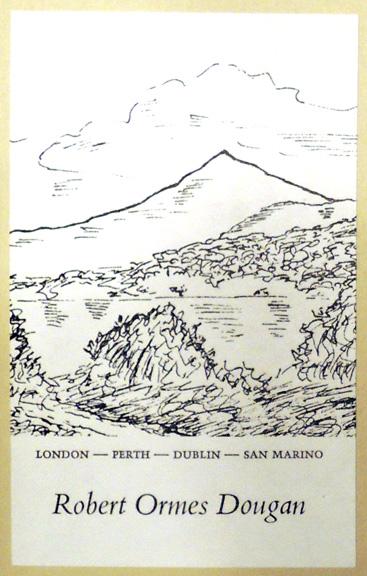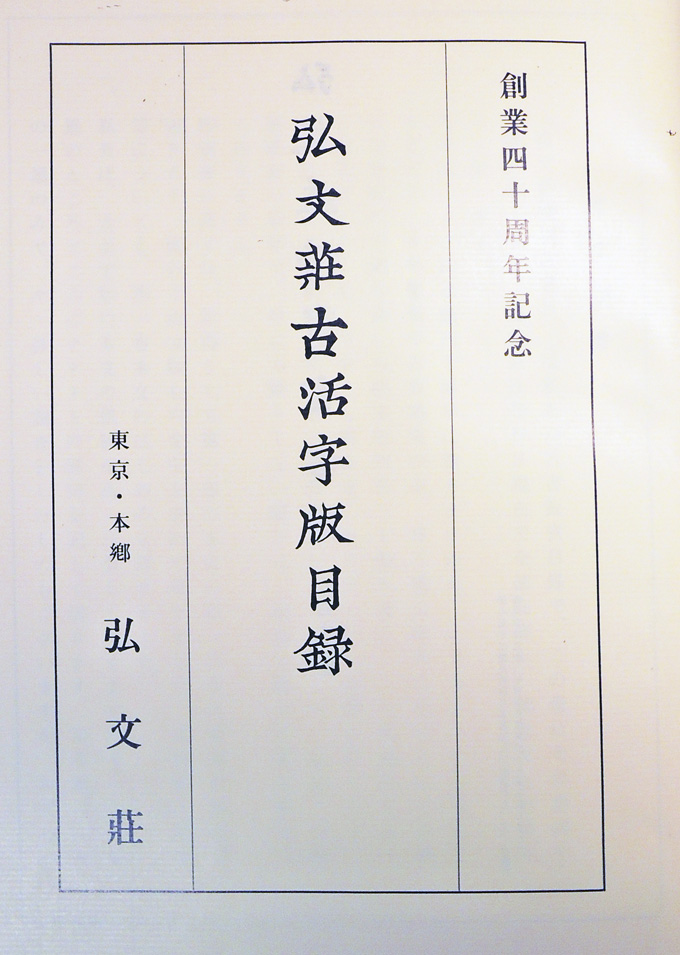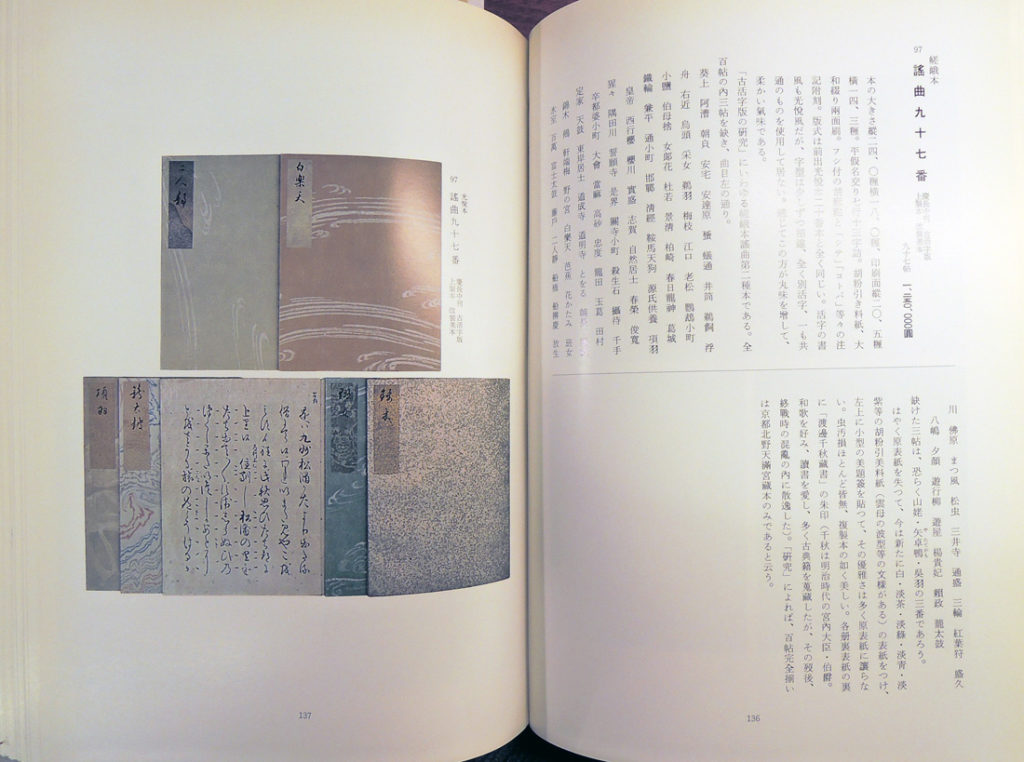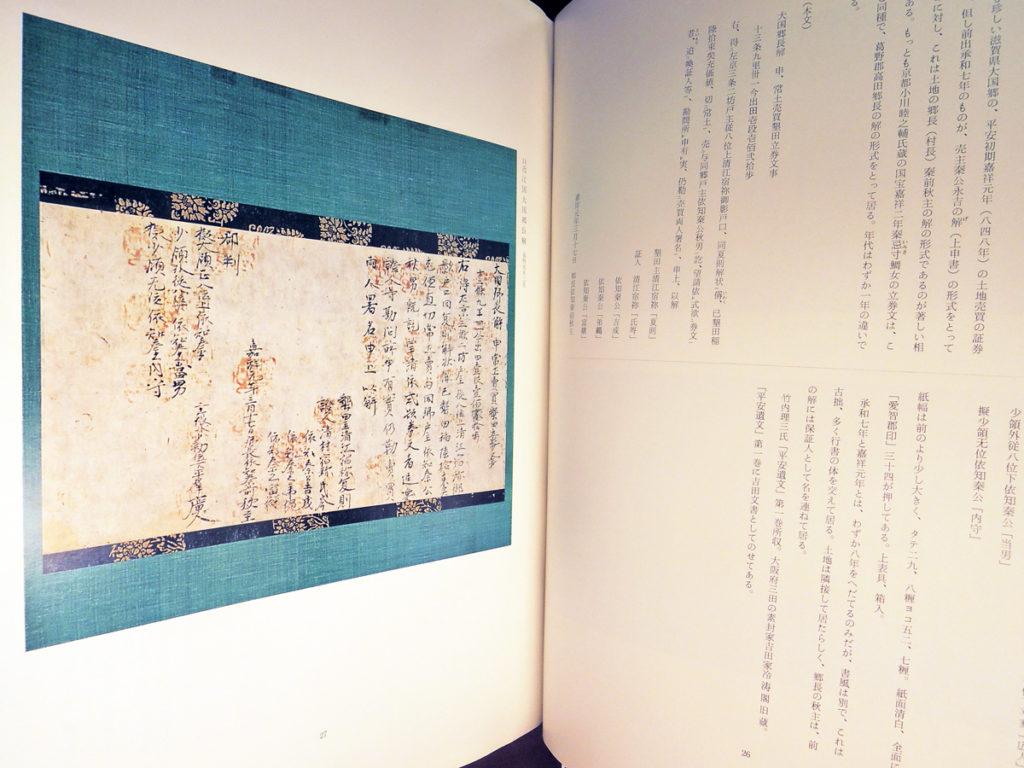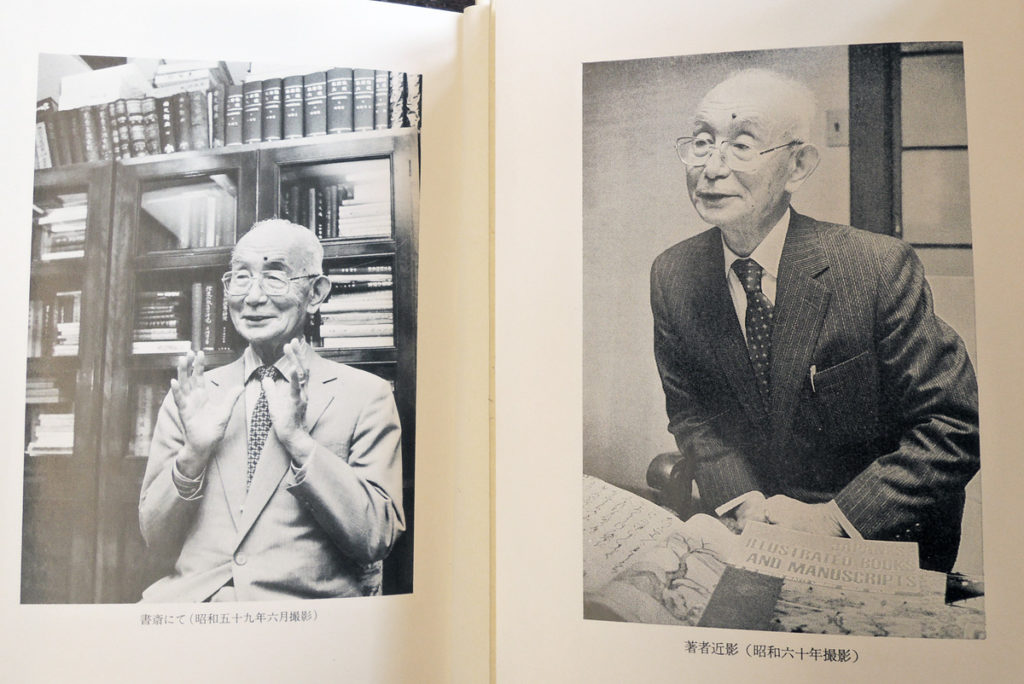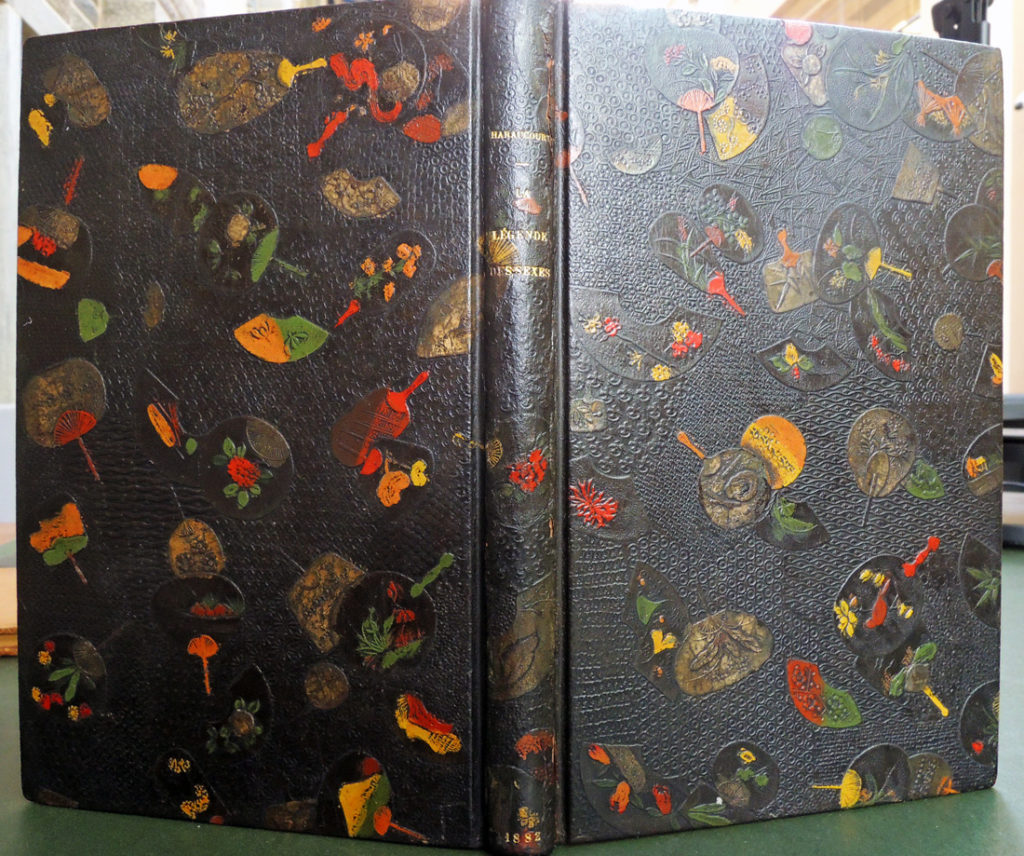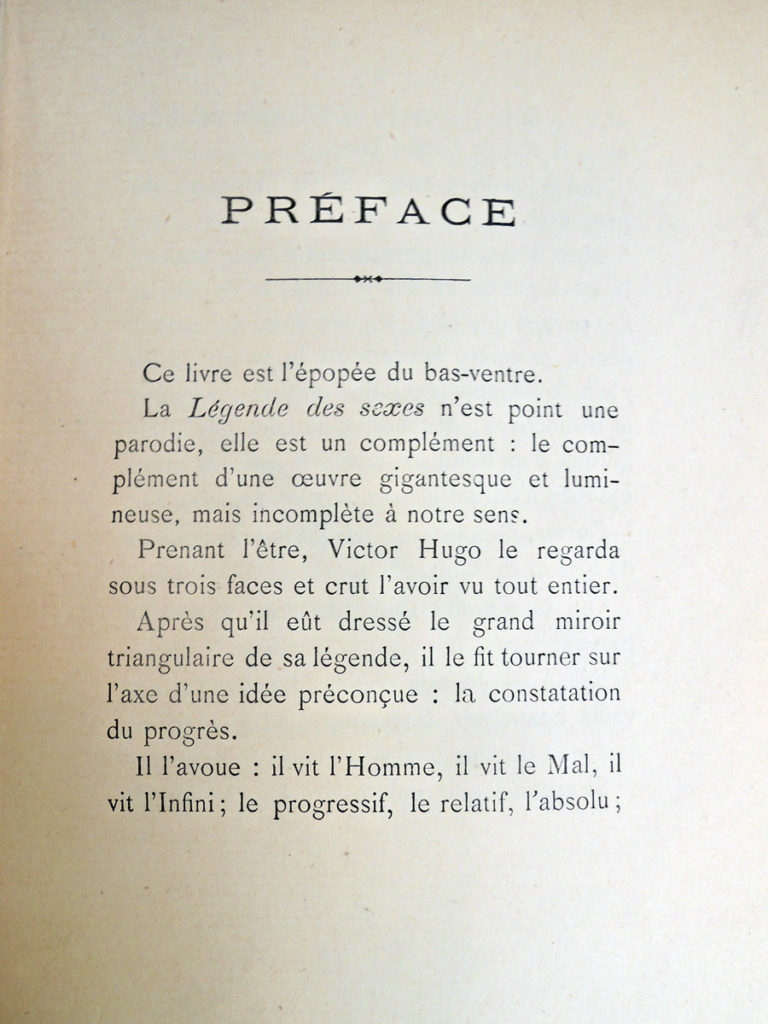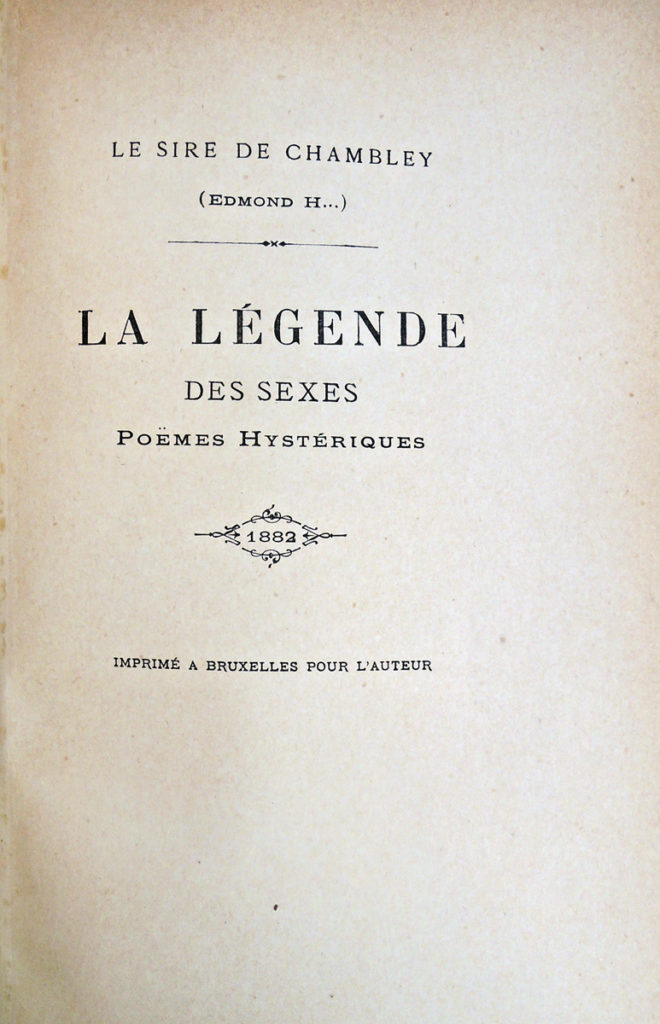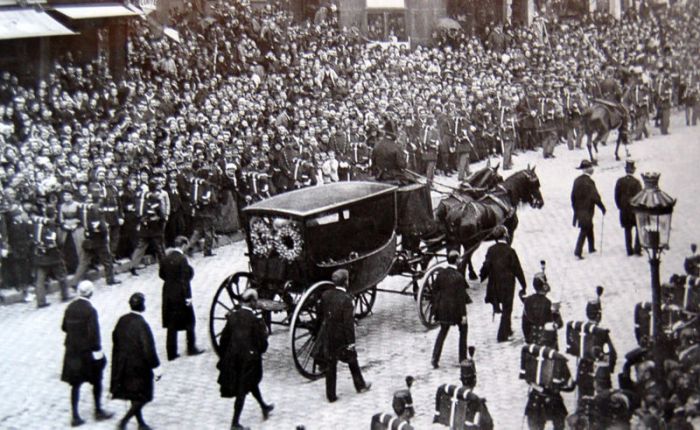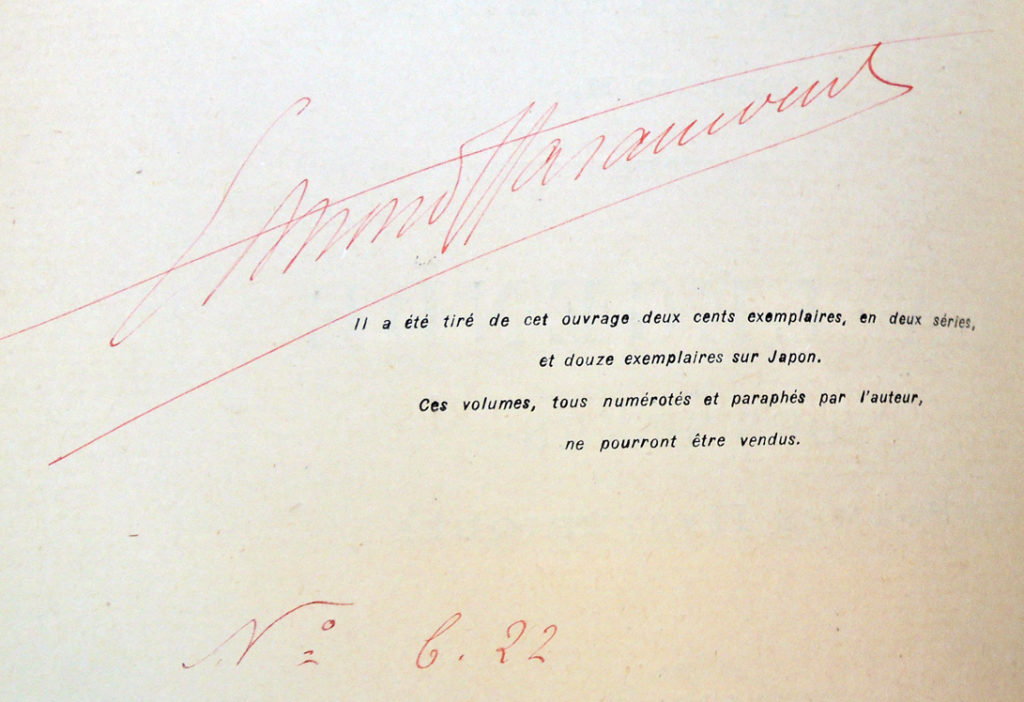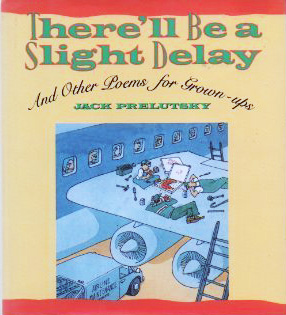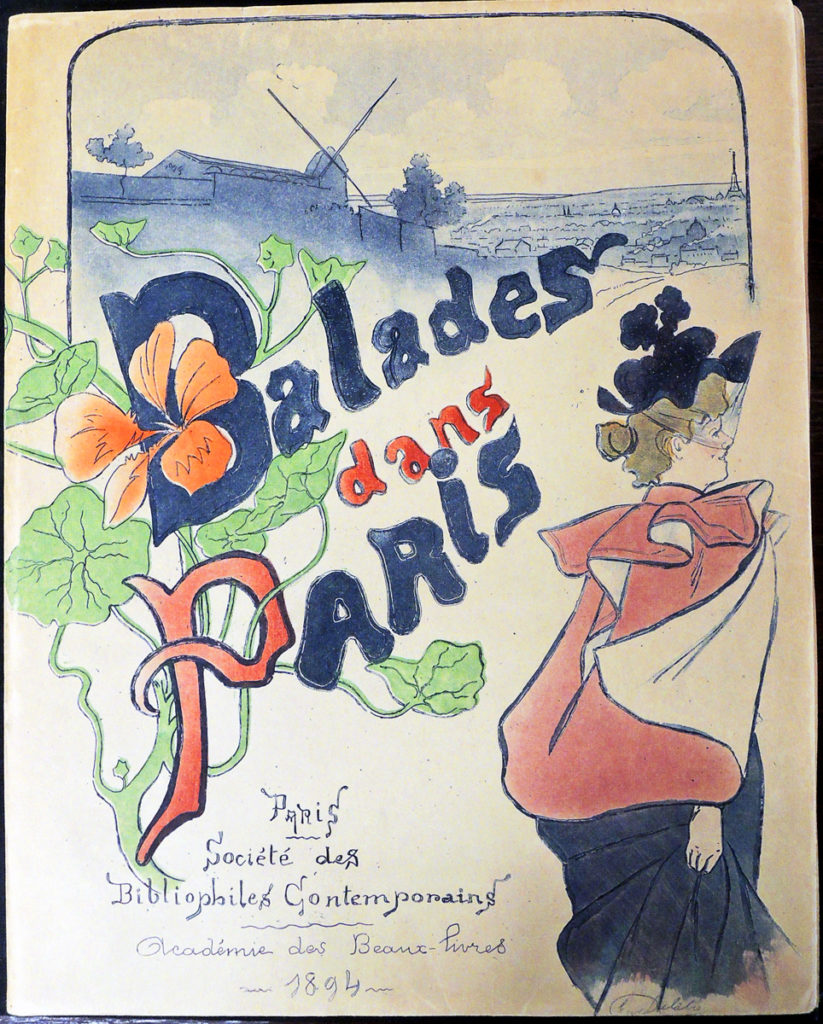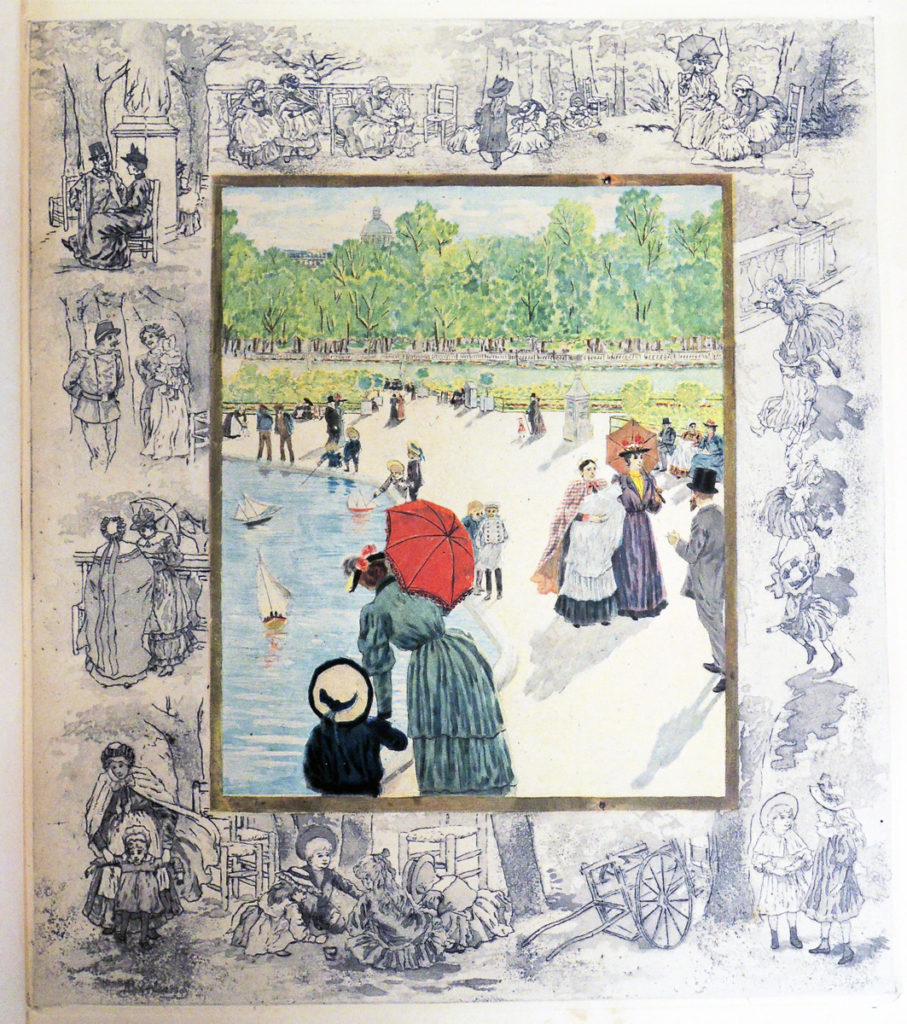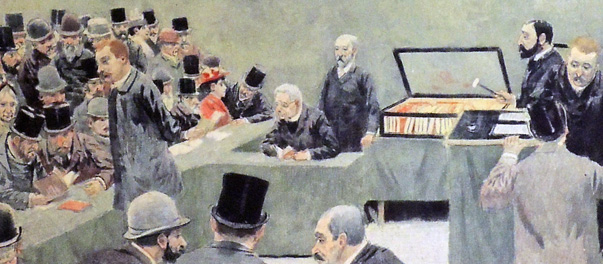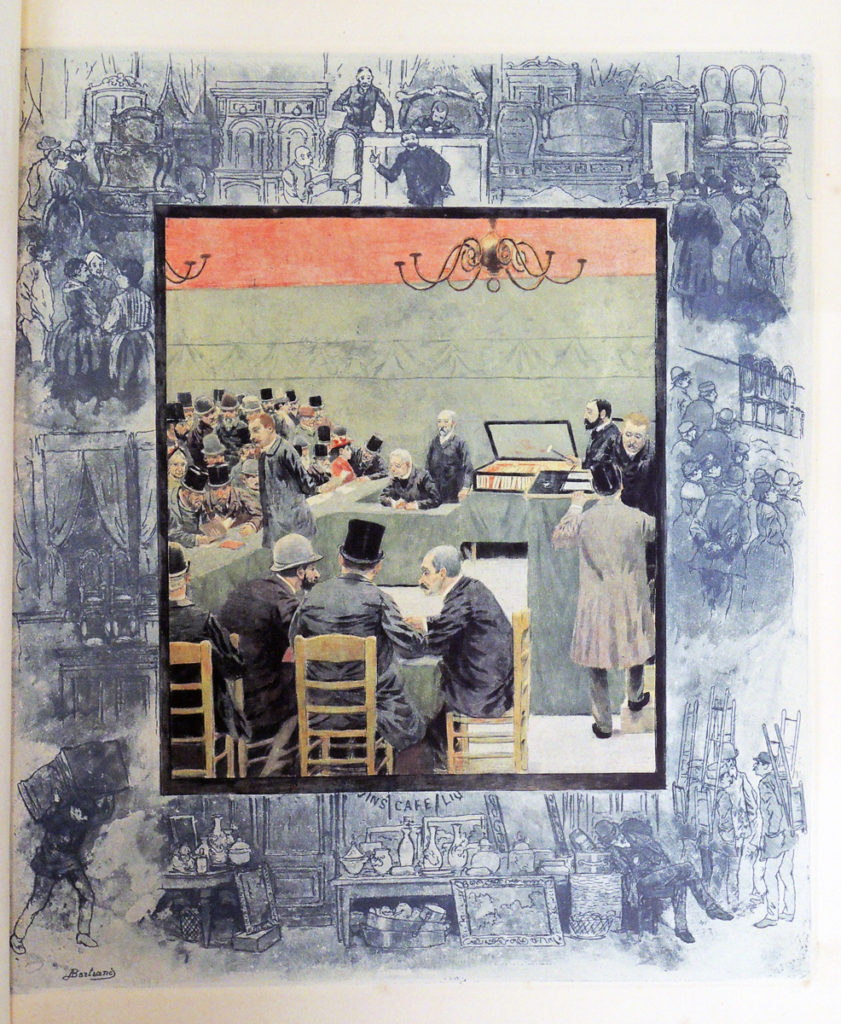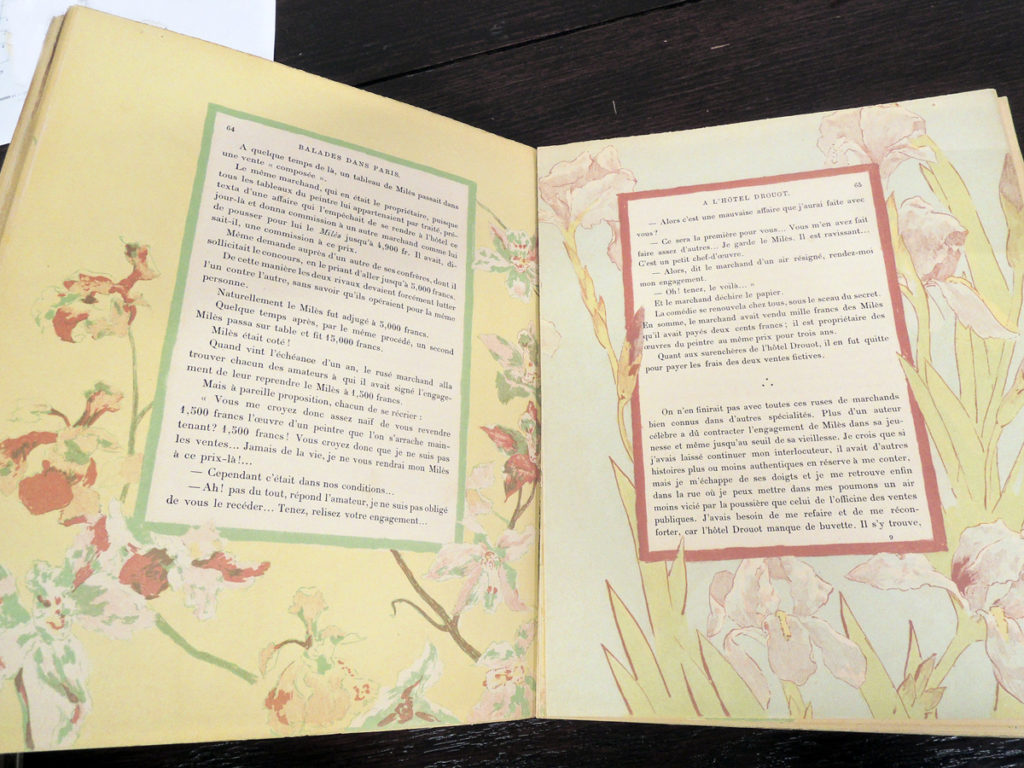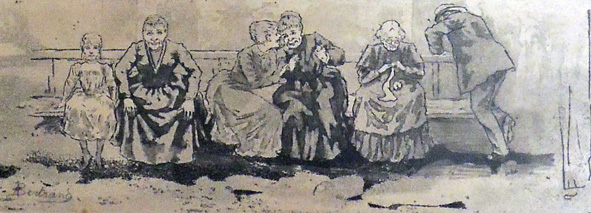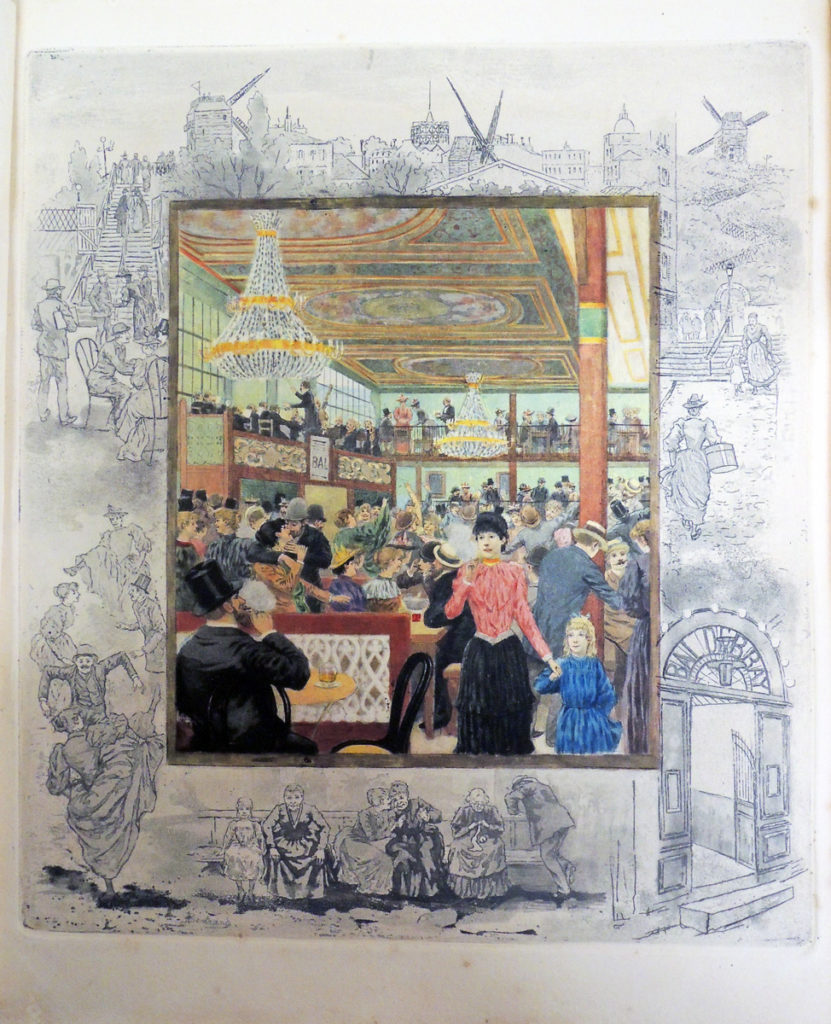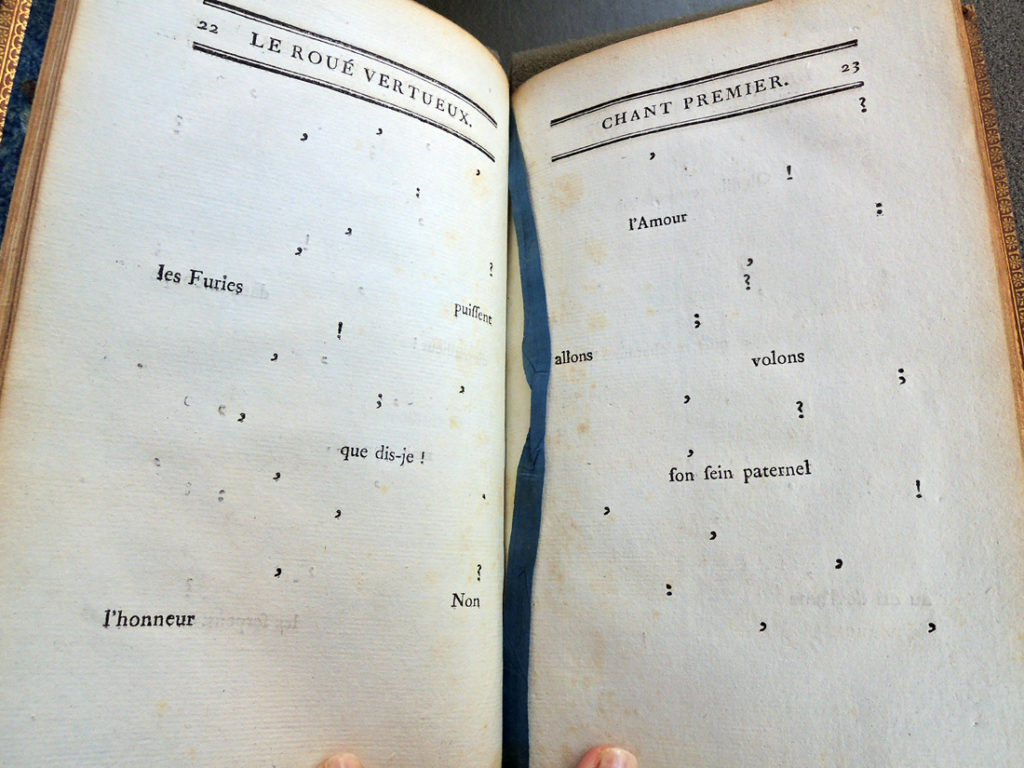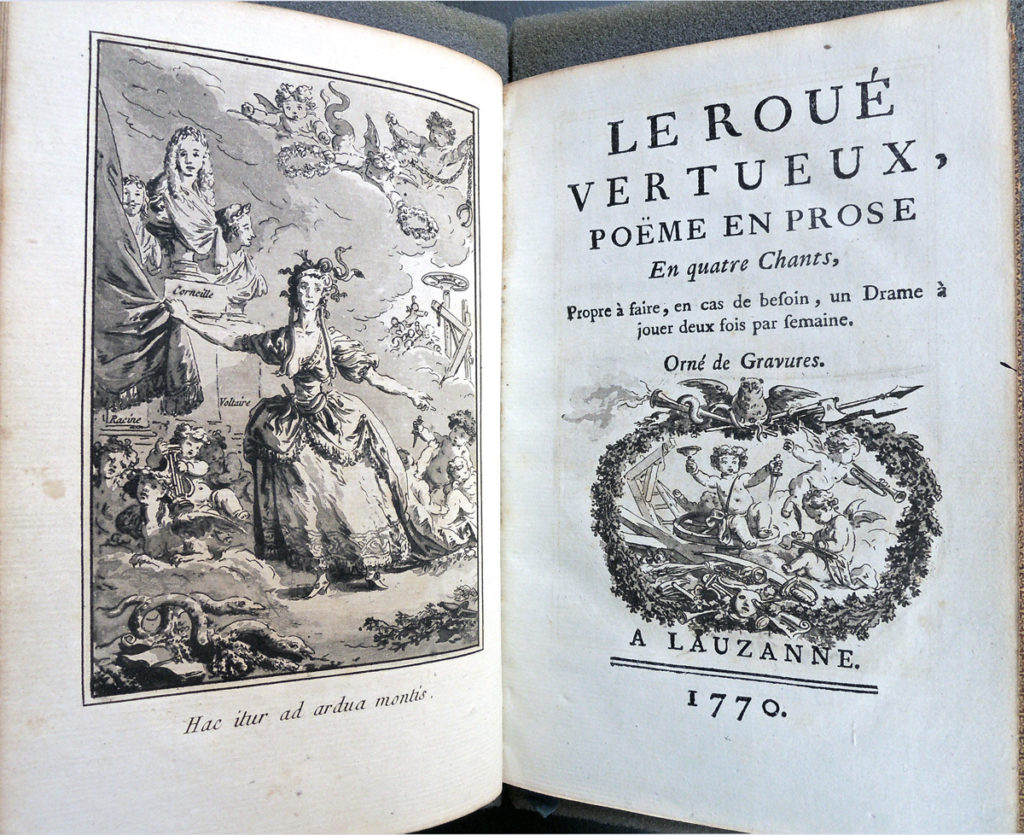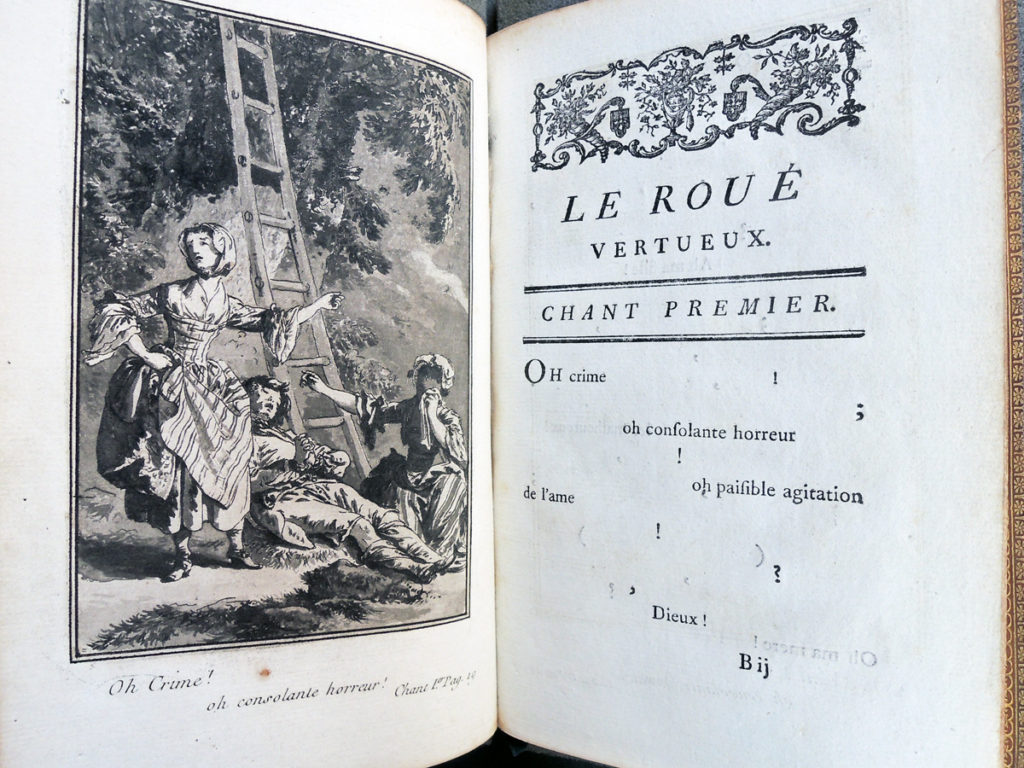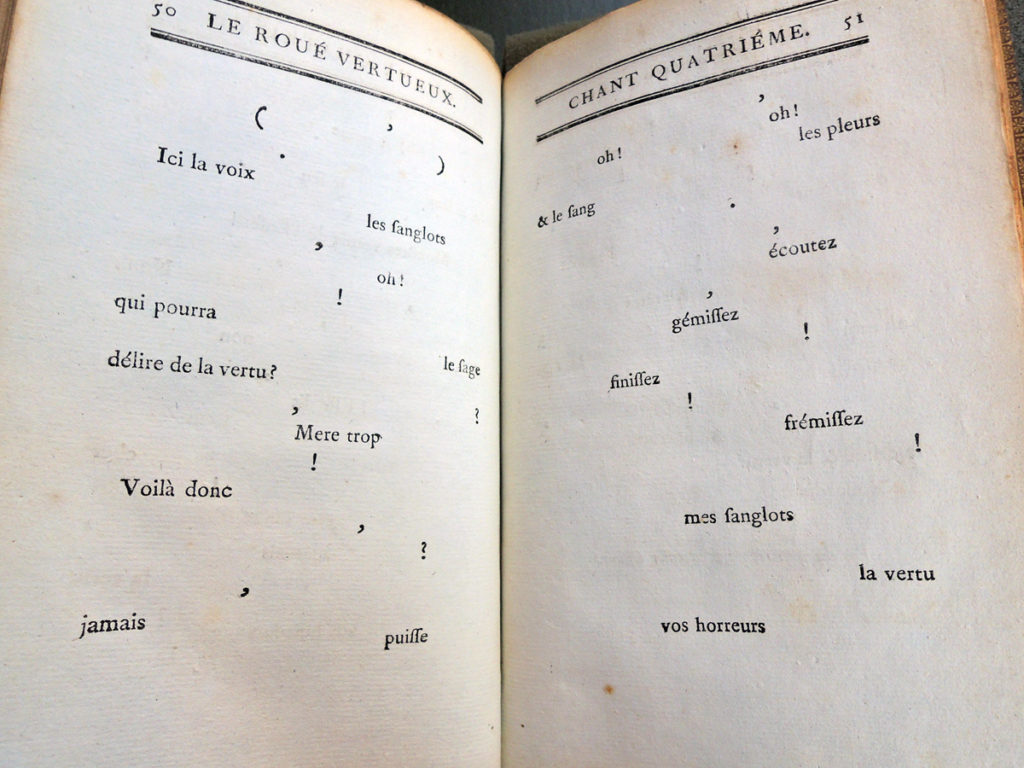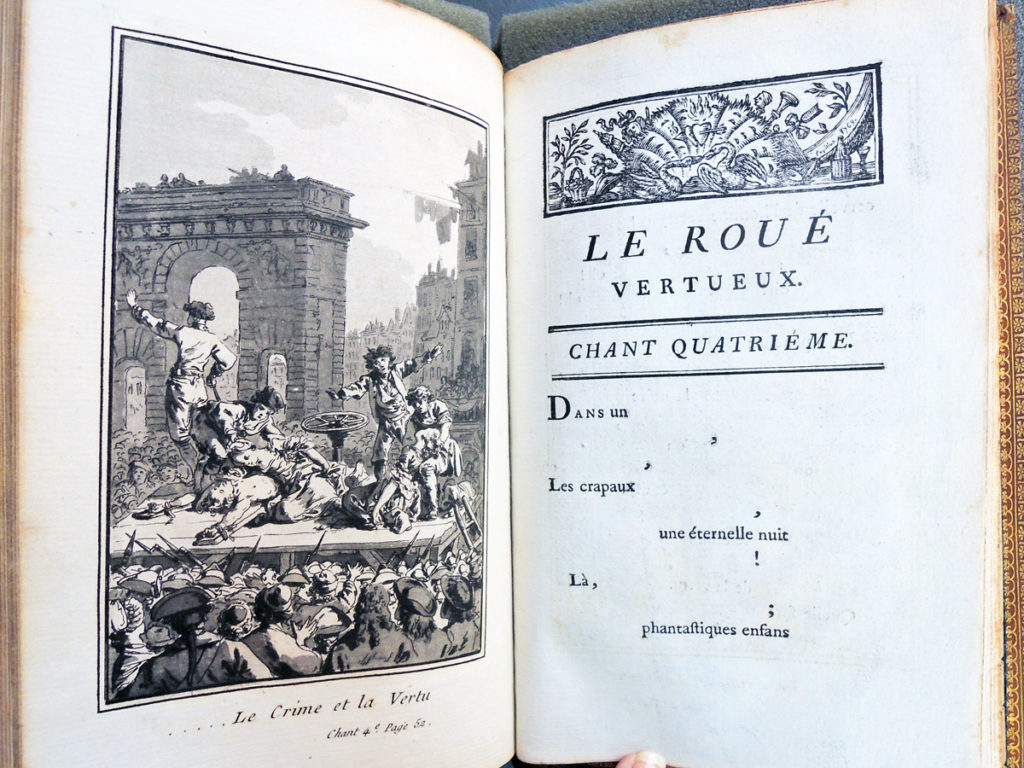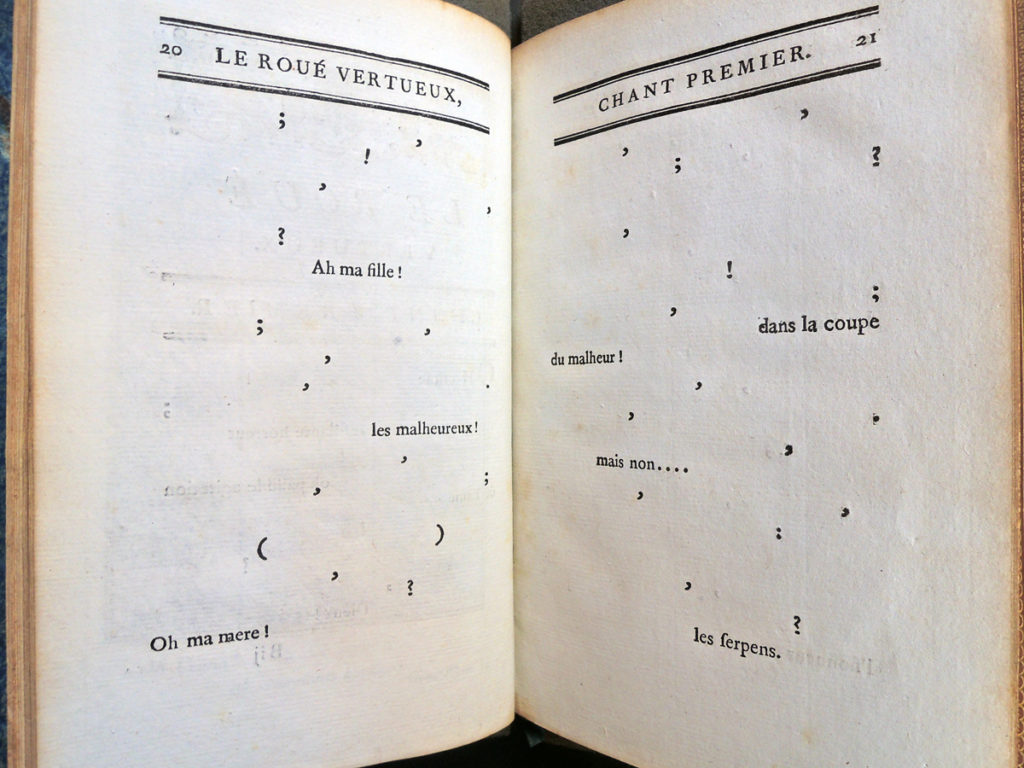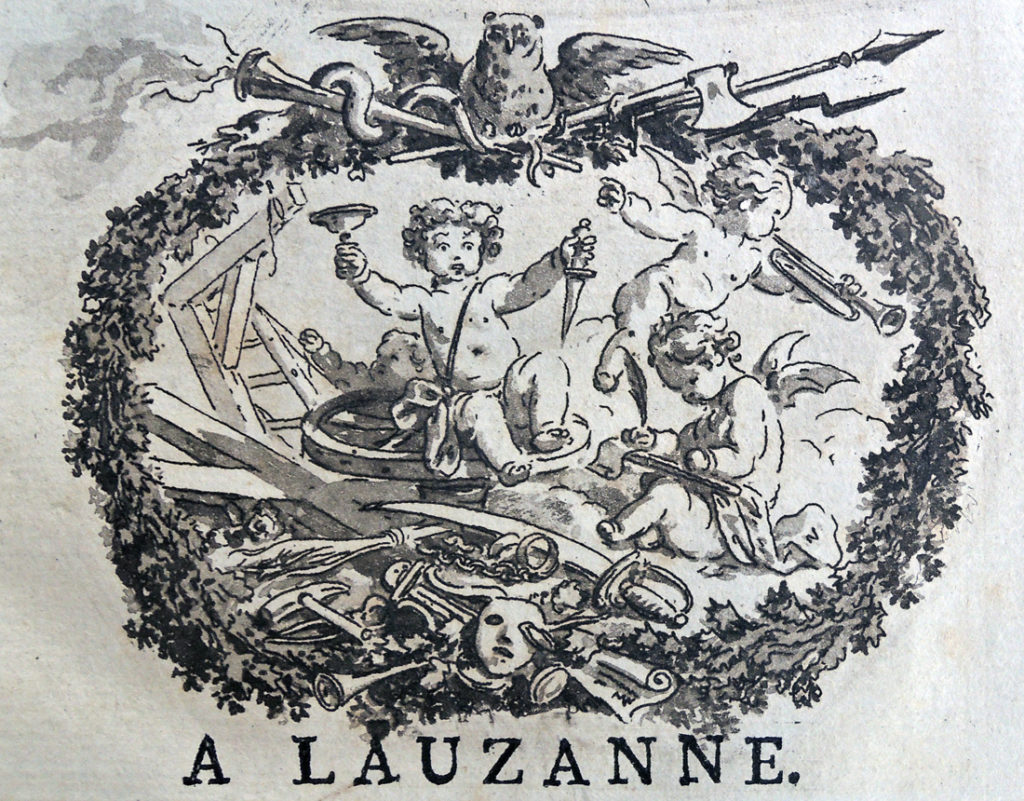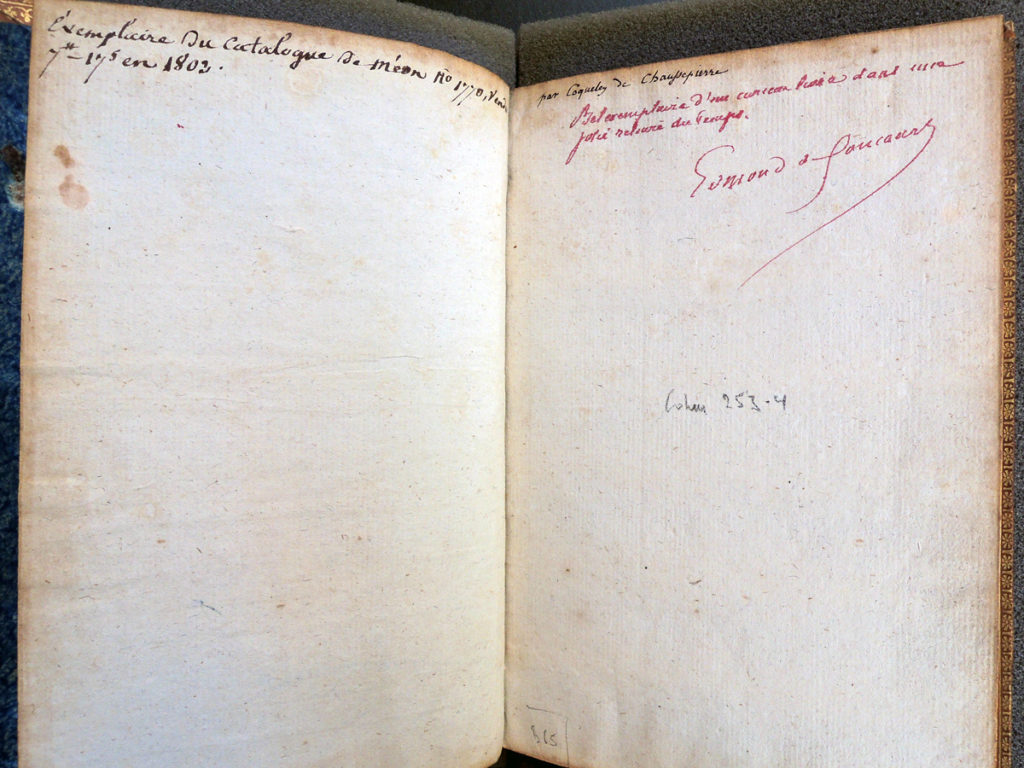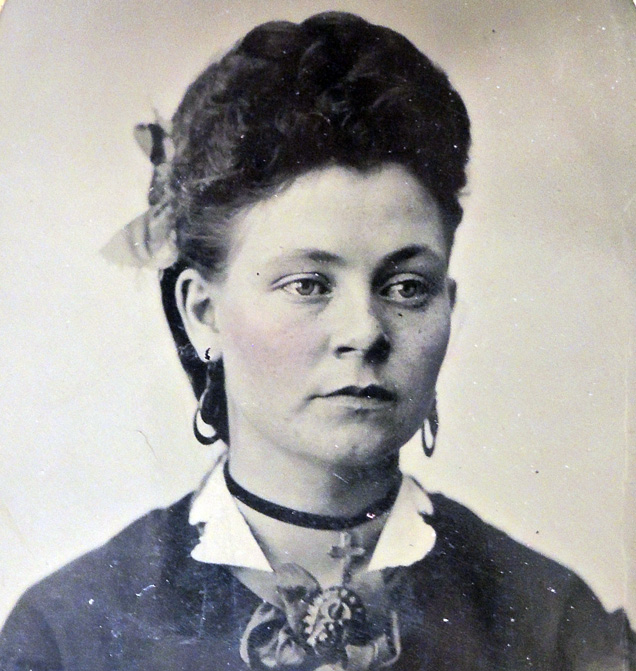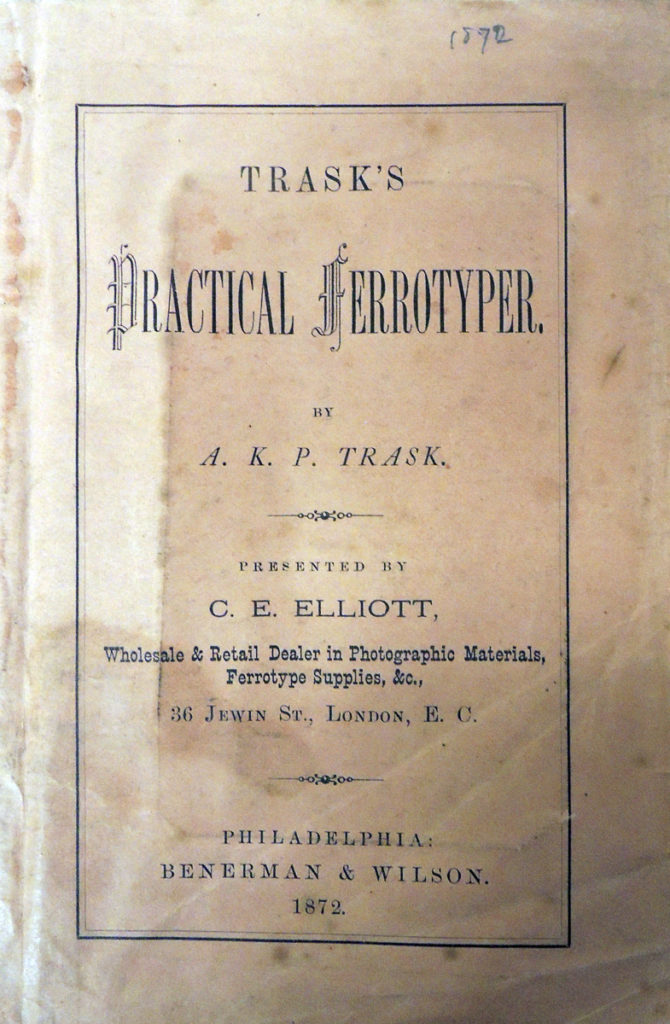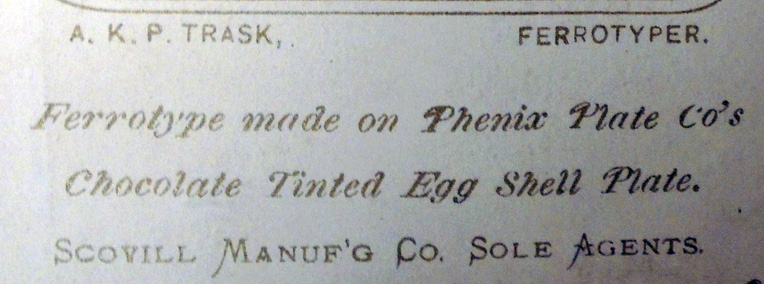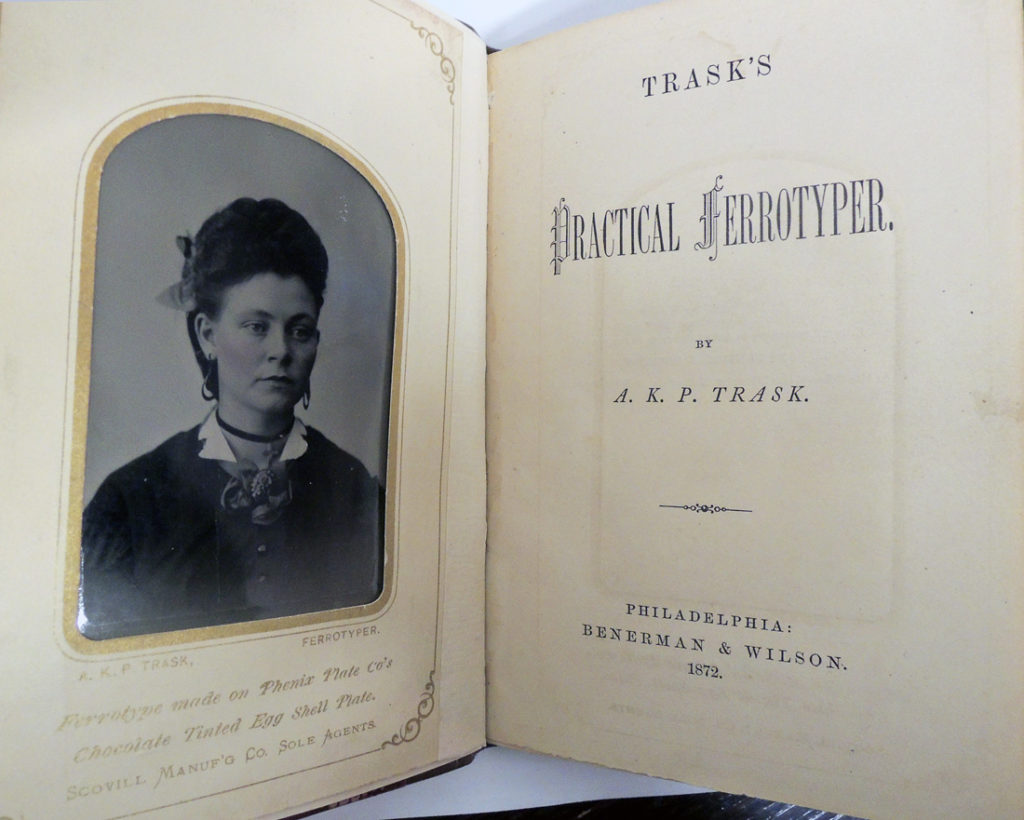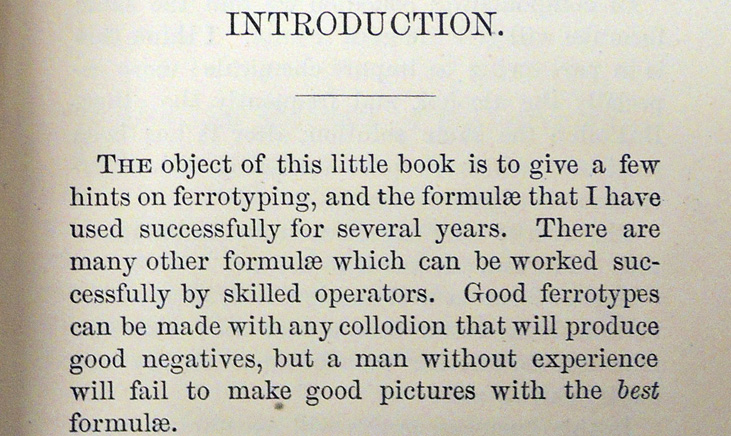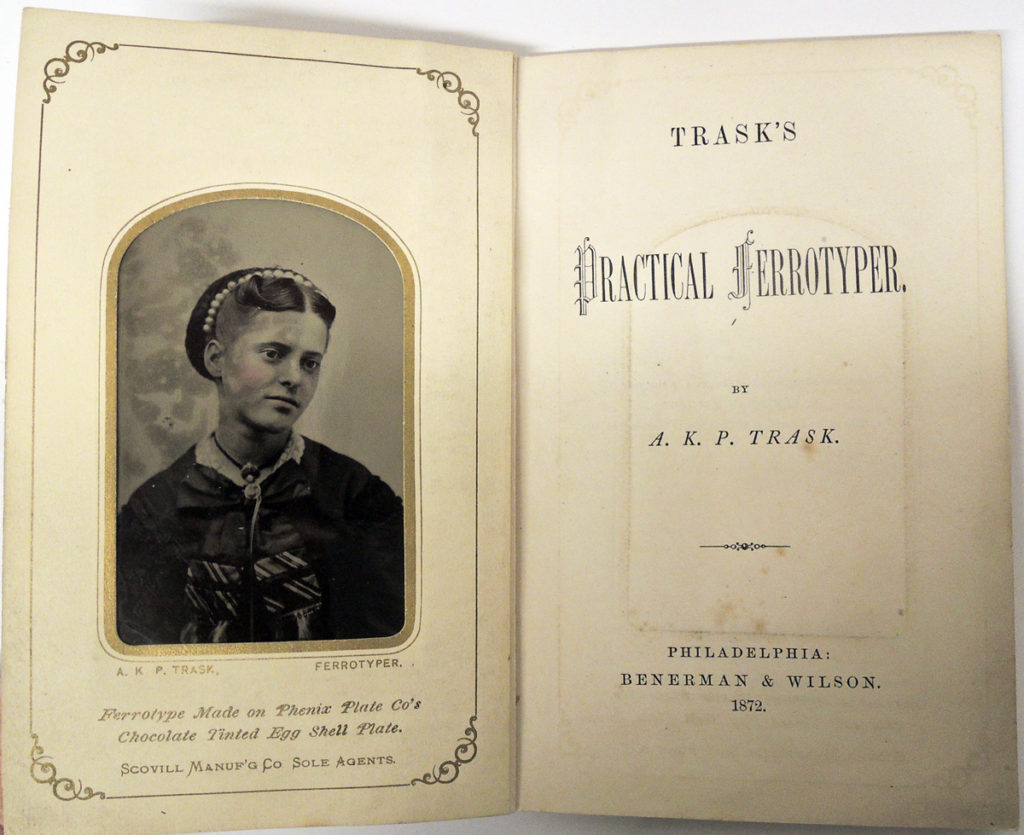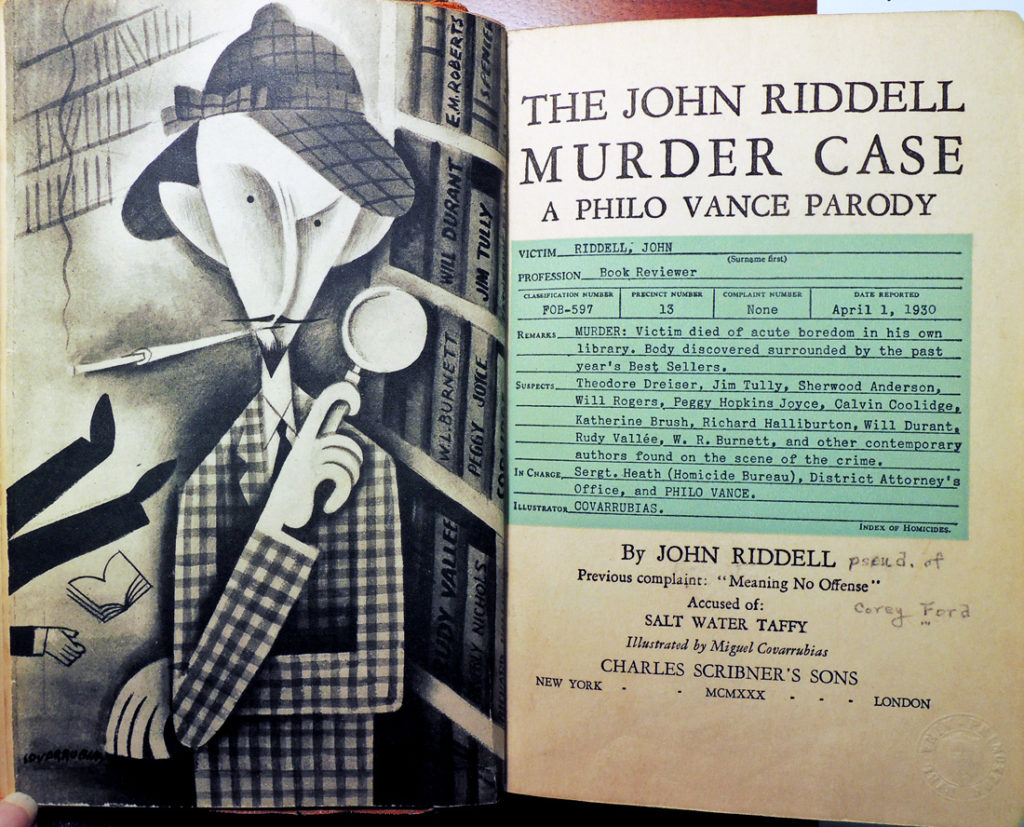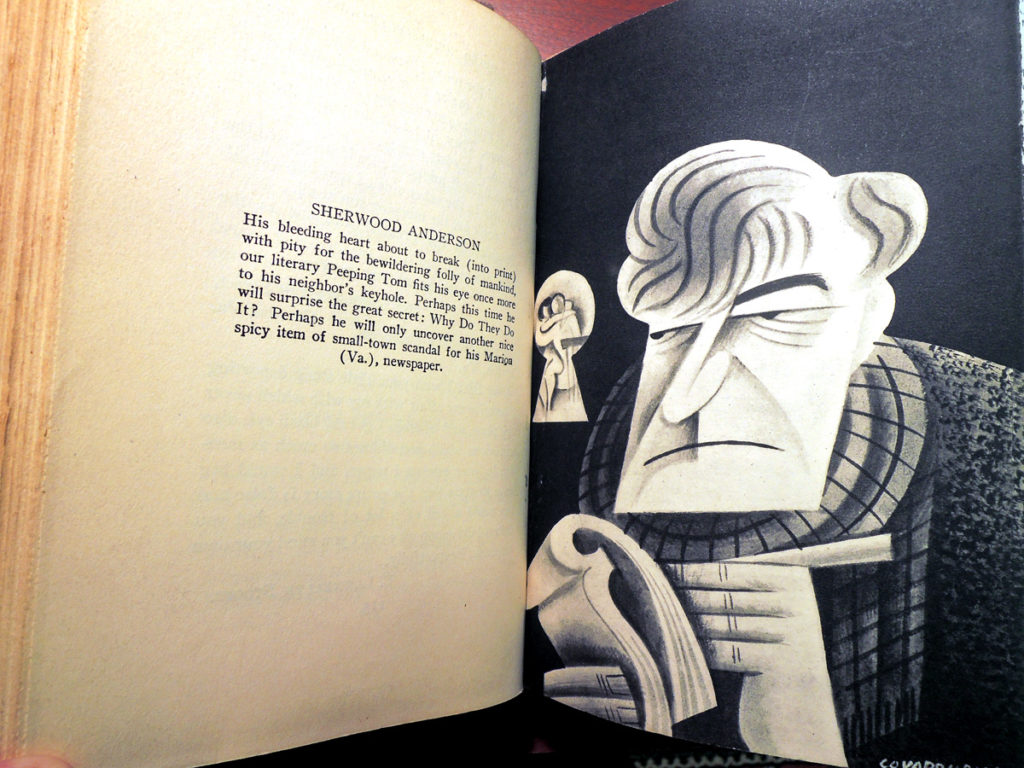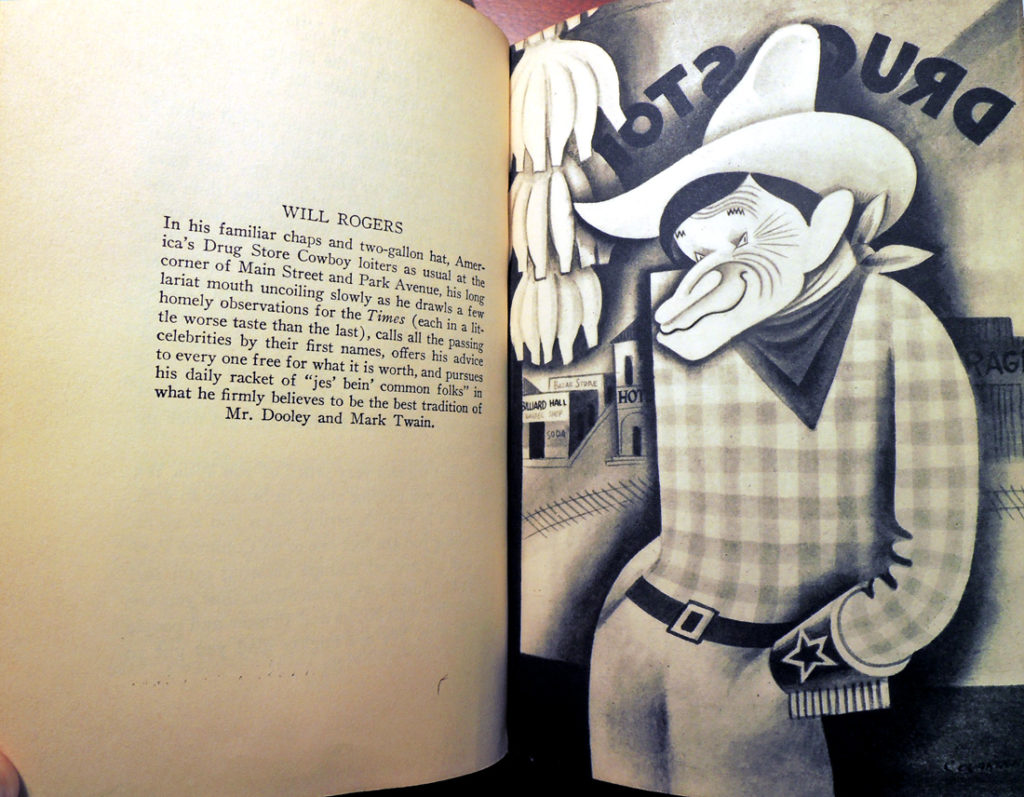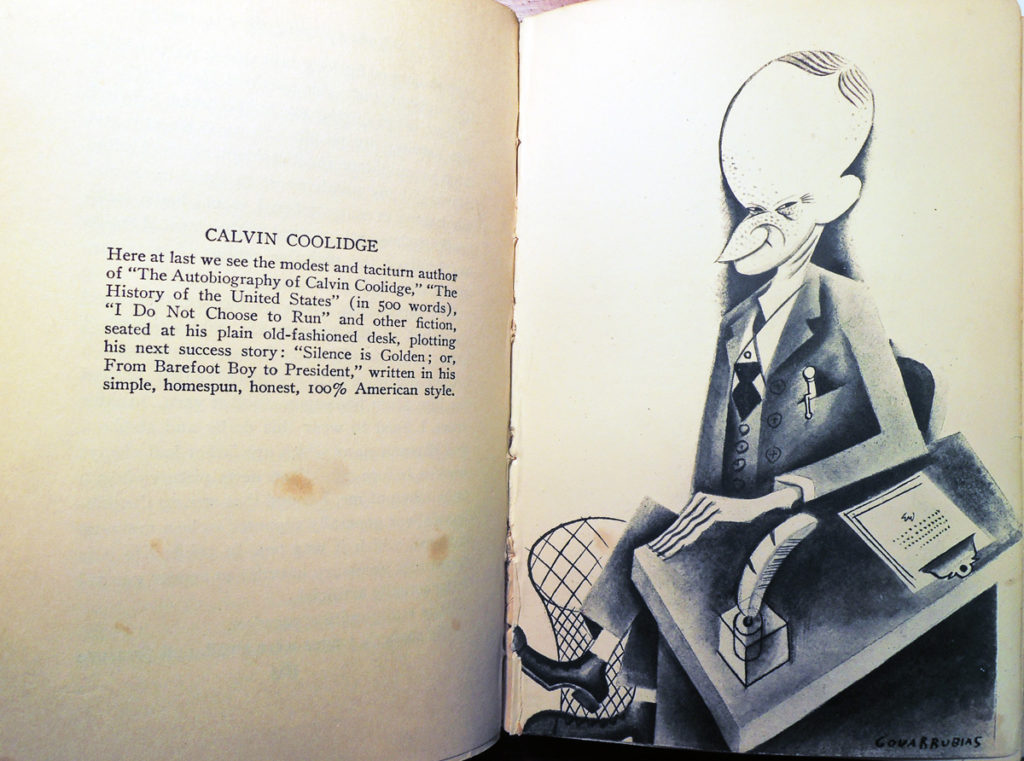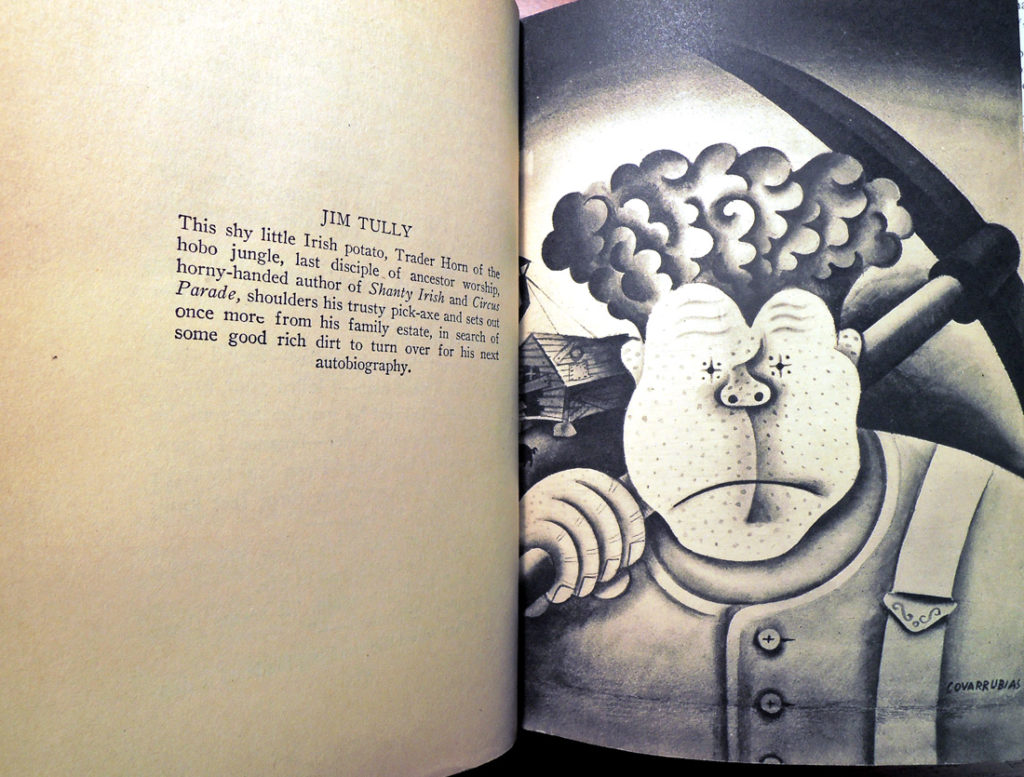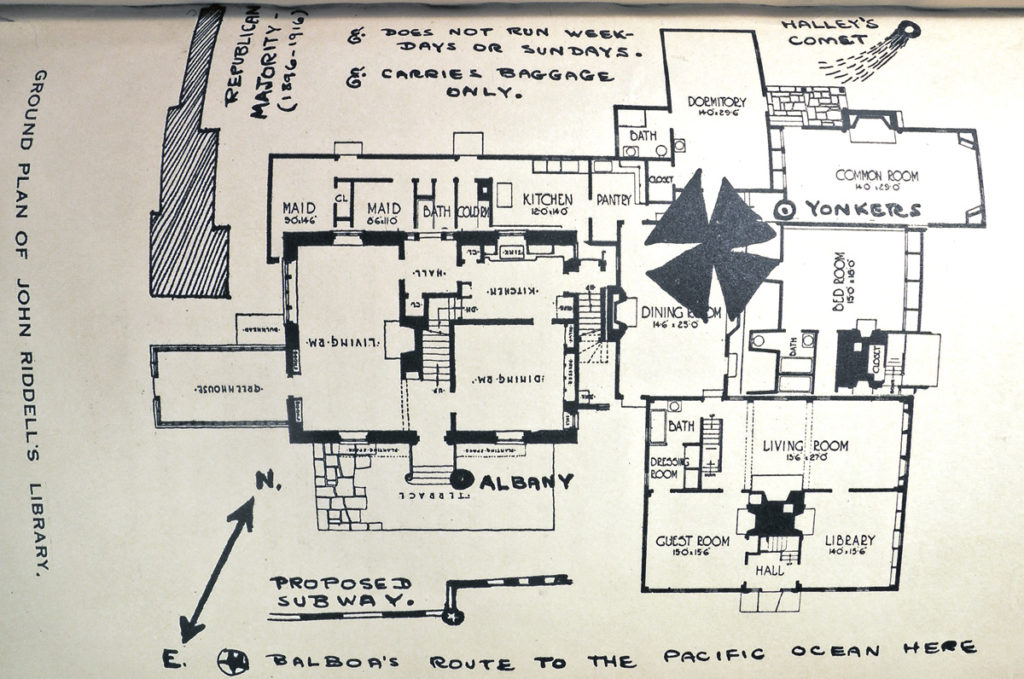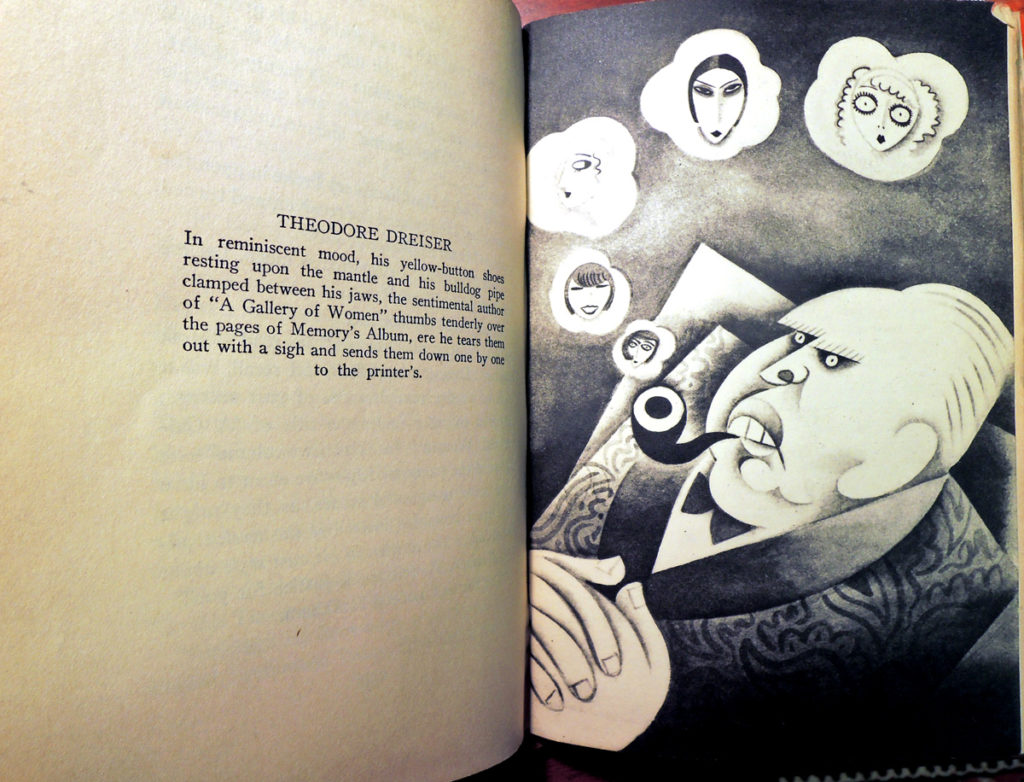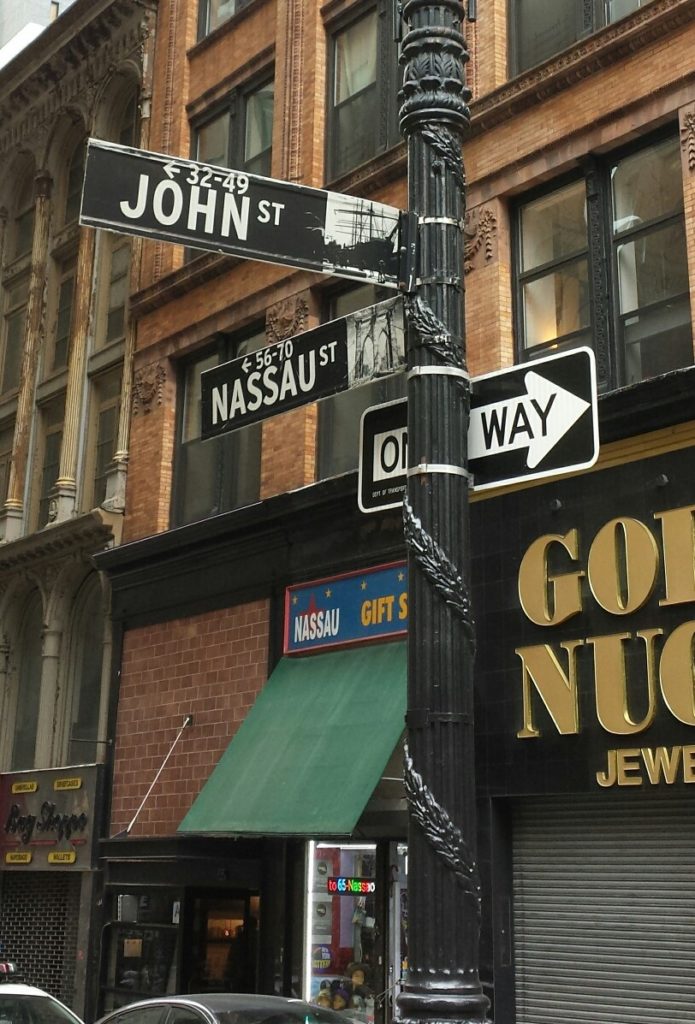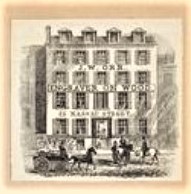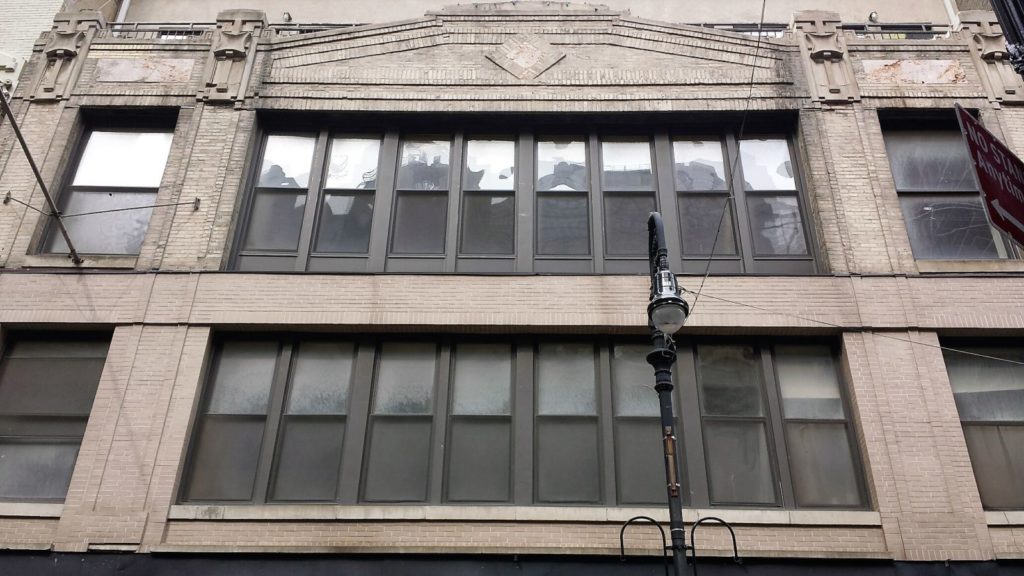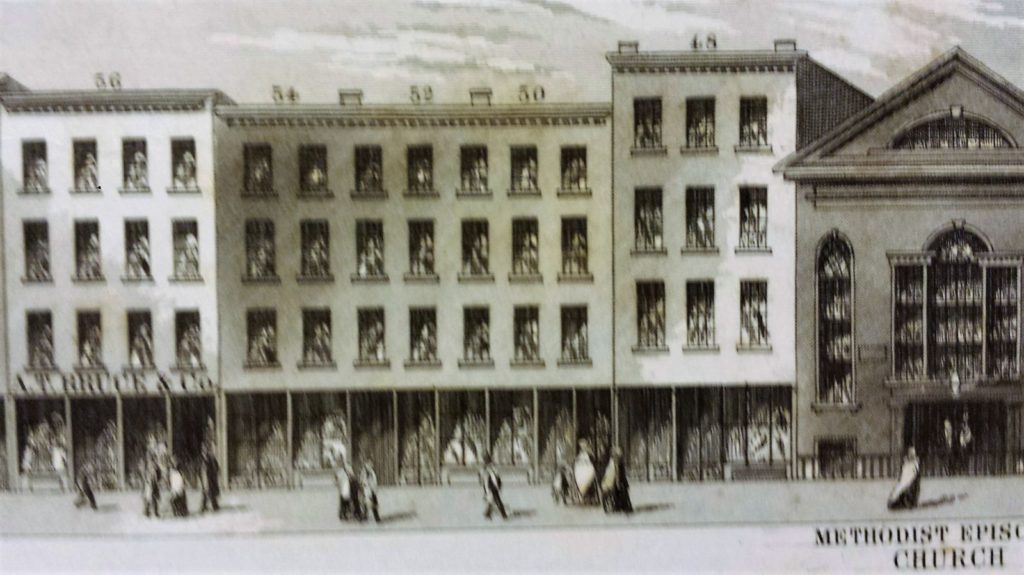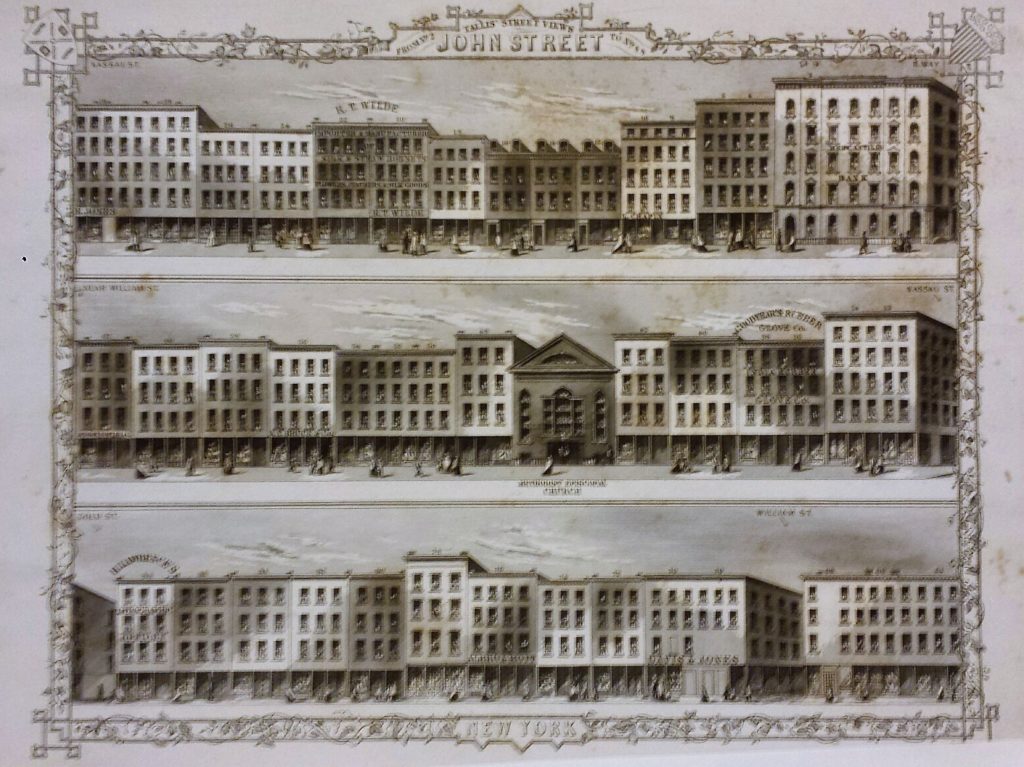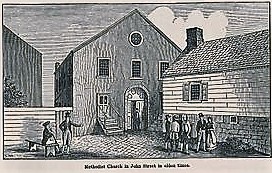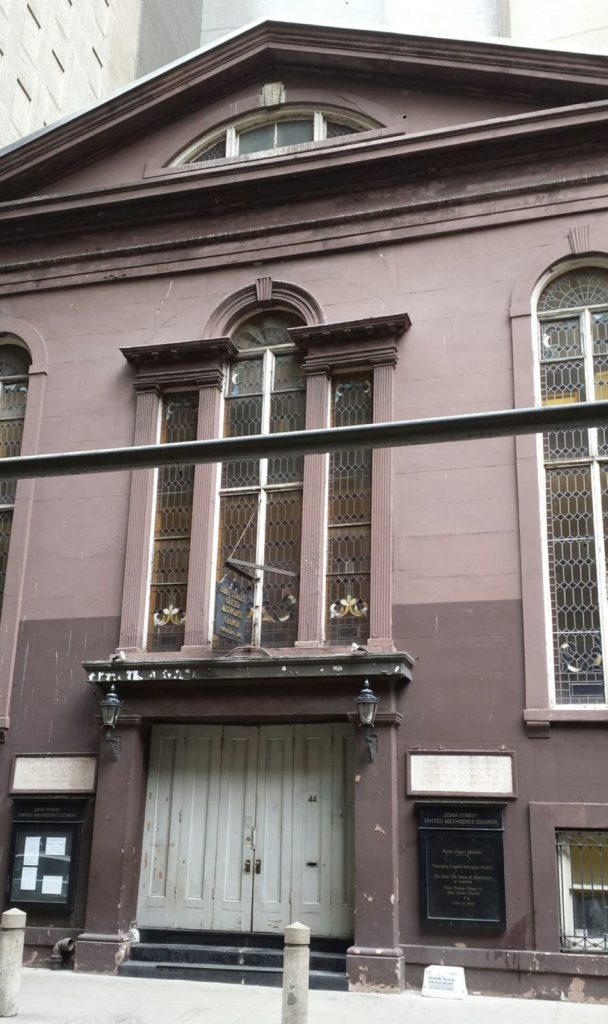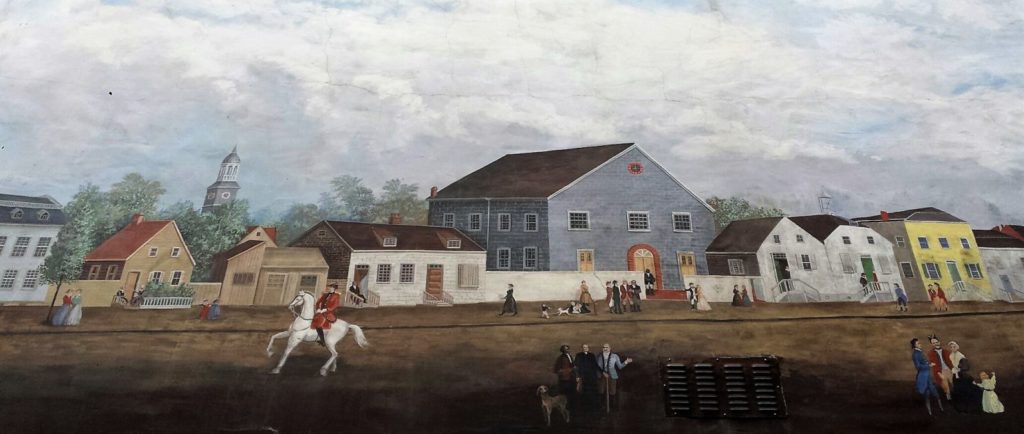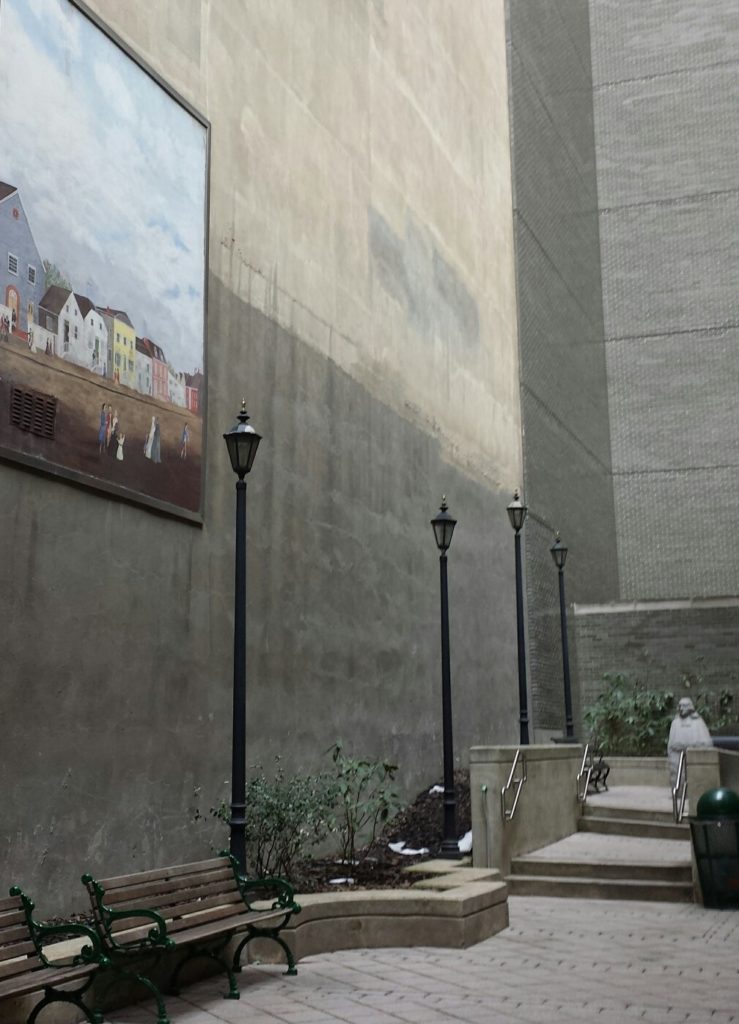Studies of modern comics often begin with Rodolphe Töpffer (1799-1846), although many artists (Gillray in particular) were drawing linear narratives much earlier. Princeton holds 17 volumes attributed to Töpffer, beginning with a facsimile of La bibliotheque de mon oncle (Geneve, Imprimerie de la Bibliothèque universelle, 1832). Rare Books (Ex) PQ2542.T2 xB5 1832
French artists were publishing similar books in the 1830s through the print shop La maison Aubert. In her wonderful new study, Another World, Patricia Mainardi writes, “Each of the twelve comic books published by Aubert in the “Collection of Jabots” has the same size and format, identical with those of Töpffer and no doubt dictated by the publisher. Seven were written by the caricaturist Cham, who wrote his first two, The Story of Mr. Lajaunisse and Mr. Lamélasse, in 1839, when he was twenty-one years old.
An admirer of Töpffer, Cham later redrew the illustrations for Töpffer’s Mr.. Cryptogame when it was published in the journal L’Illustration in 1845 in wood-engraved format. While it is beyond question the Töpffer influenced these French artists, it is also possible that the French artists influenced Töpffer as well.” — Another World: Nineteenth-Century Illustrated Print Culture (2017)
Aubert’s 1846 catalogue lists seven lithographed books by Cham (pseudonym of Camles Amedee of Noah, 1819-1879) and the Graphic Arts Collection is fortunate to have recently acquire five of these earliest books, including:
Mr. Lamélasse ([Paris]: Aubert, [1839?]). Graphic Arts Collection (GAX) 2017- in process.
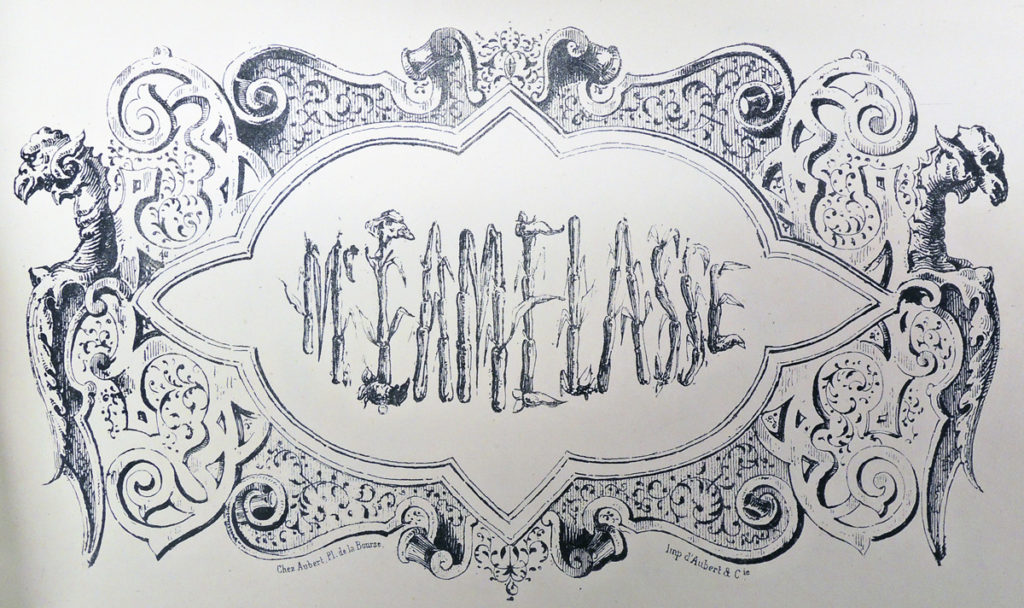 Un génie incompris: [Histoire de la vie de M. Barnabé Gogo] ([Paris]: Aubert & Cie, [1839?]). Graphic Arts Collection (GAX) 2917- in process
Un génie incompris: [Histoire de la vie de M. Barnabé Gogo] ([Paris]: Aubert & Cie, [1839?]). Graphic Arts Collection (GAX) 2917- in process
Histoire de Mr. Lajaunisse ([Paris]: Chez Aubert, [1839]). Graphic Arts Collection (GAX) 2017- in process. Note, Mr Lajaunisse has been digitized in full by Yale University’s Beinecke Library: http://brbl-dl.library.yale.edu/vufind/Record/3584197
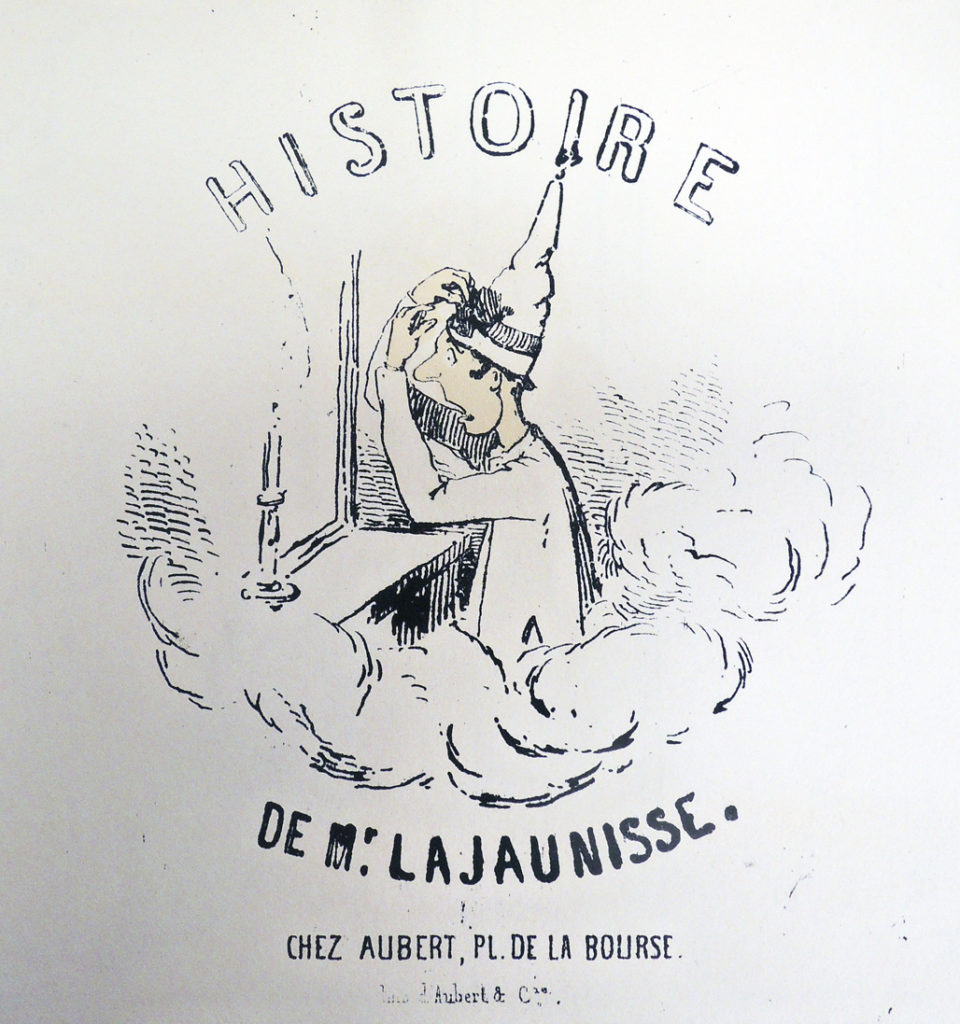
Histoire de Mr. de Vertpré et de sa ménagère aussi (Paris: Aubert, 1840). Graphic Arts Collection (GAX) 2017- in process
Histoire de Mr. Jobard ([Paris]: Chez Aubert & Cie., [1840?]). Graphic Arts Collection (GAX) 2017- in process
Thanks to the British Museum, we known La maison Aubert specialized in popular prints and satires. “Founded in 1829 by Charles Philipon (who was always the brains of the enterprise) and his brother-in-law Gabriel Aubert (who ran the shop), a notary who had bankrupted himself. First established as the Magasin des Caricatures in the Passage Véro-Dodat in 1829 (which moved to the Place de la Bourse in 1841) and a second shop in the Galerie Colbert in 1835.”
About the same time Aubert (who died in 1847) established his own lithographic printing press under the imprint Aubert et Cie, publishing books by Cham and many others. See James Cuno, “The business and politics of caricature-Charles Philipon and the Maison Aubert,” Gazette des Beaux-Arts CVI (1985): 95-112.
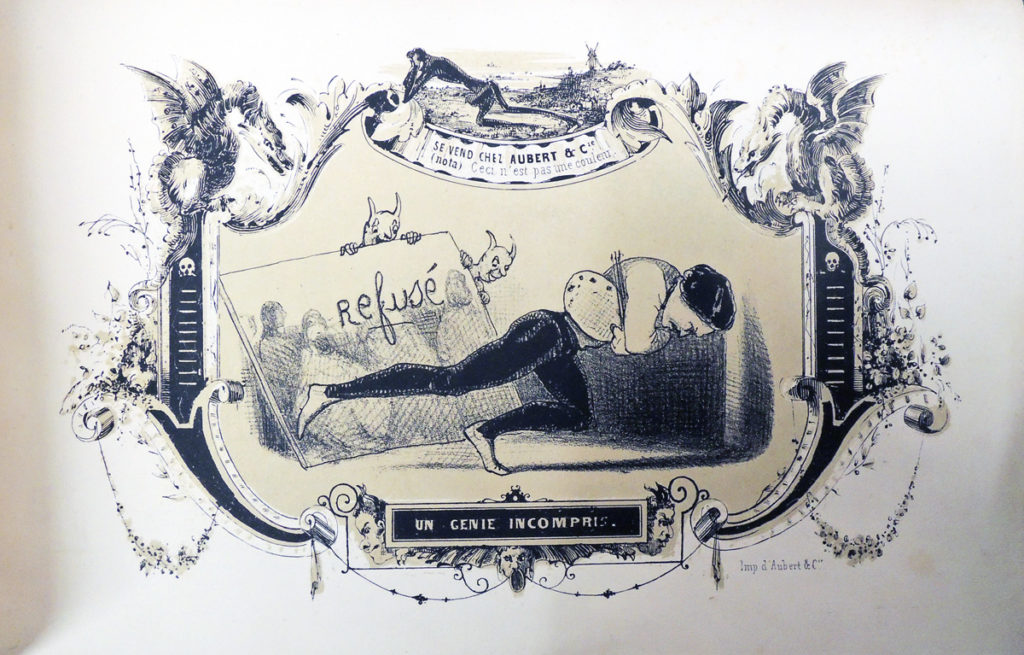 Un genie incompris tells the story of a young draftsman of dubious talent who is rejected by the Academy of Fine Arts and eventually, is forced to become a caricaturist!
Un genie incompris tells the story of a young draftsman of dubious talent who is rejected by the Academy of Fine Arts and eventually, is forced to become a caricaturist!
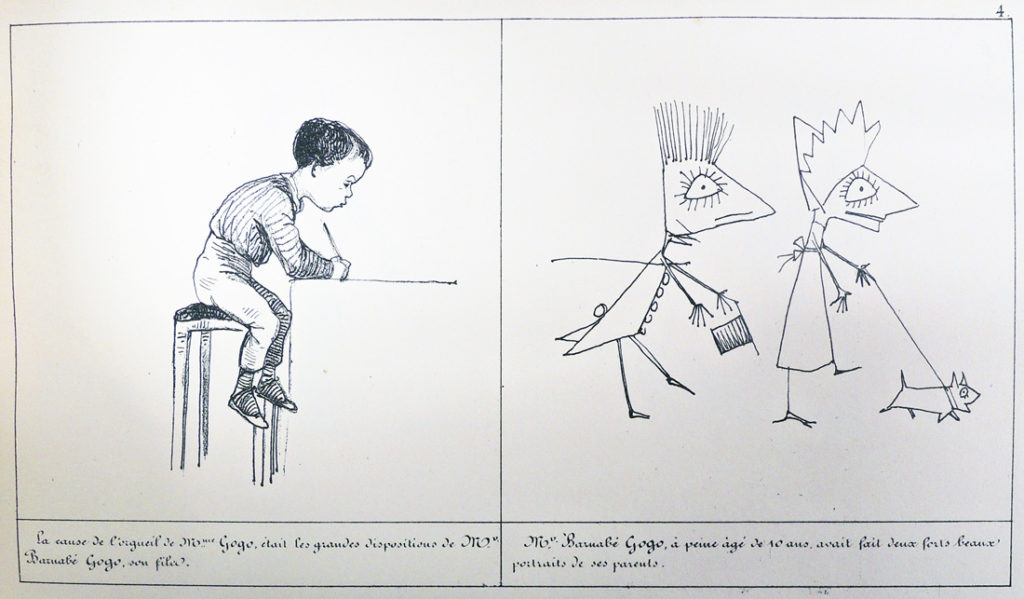
Here are a few of Cham’s delightful other plates.

